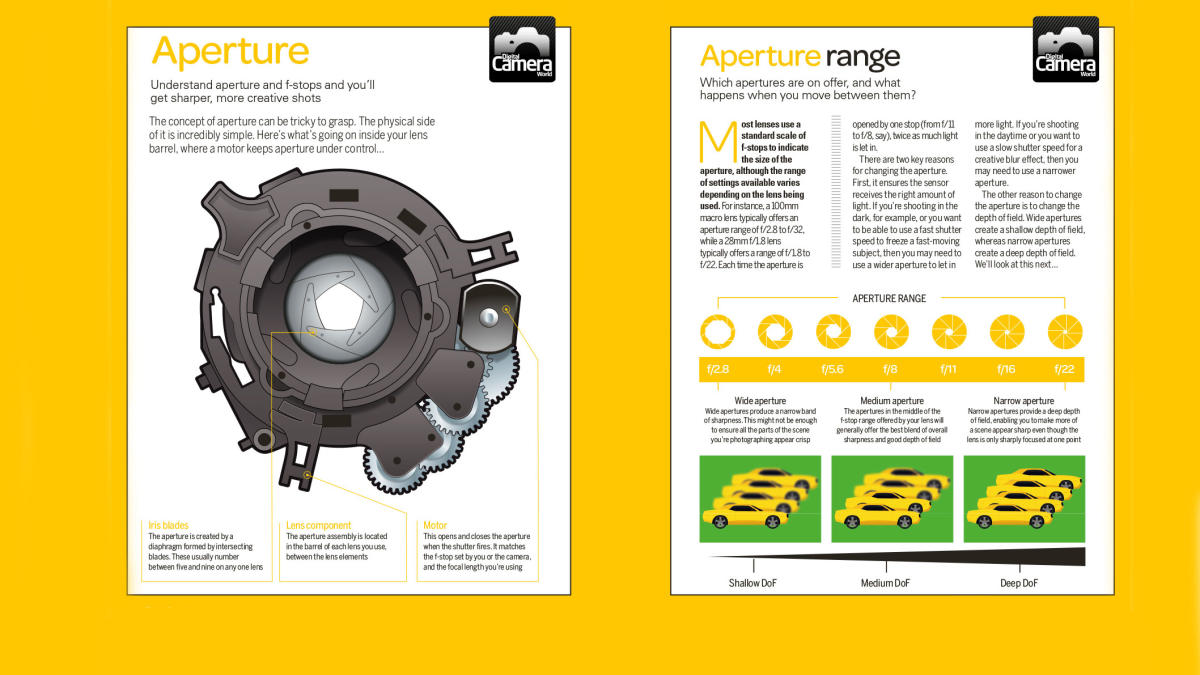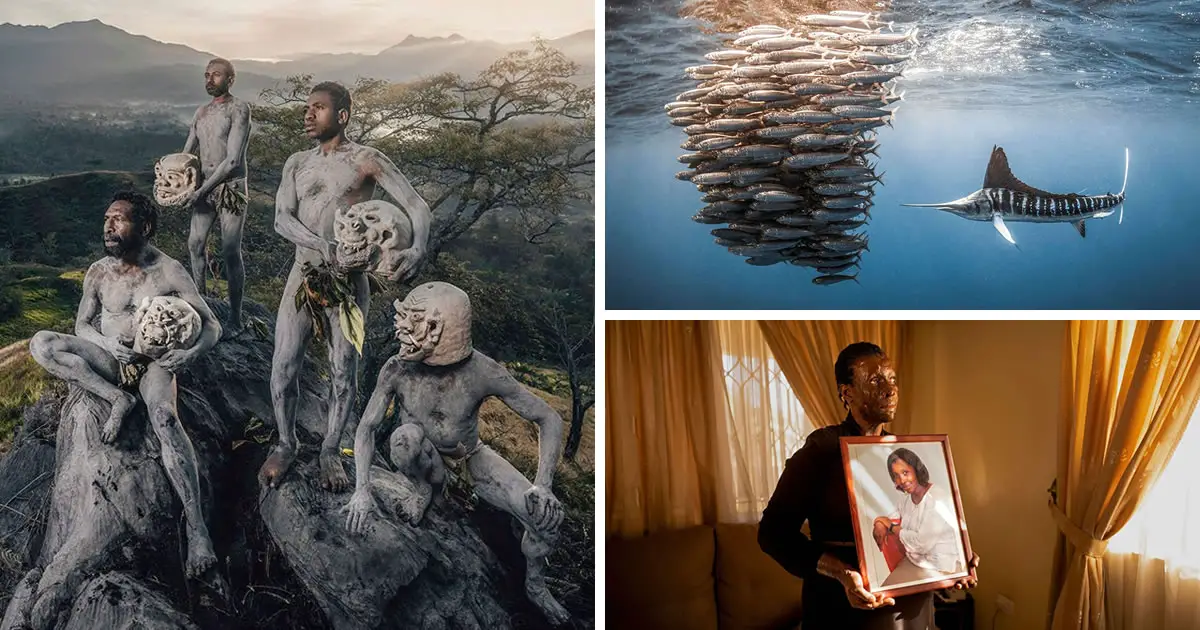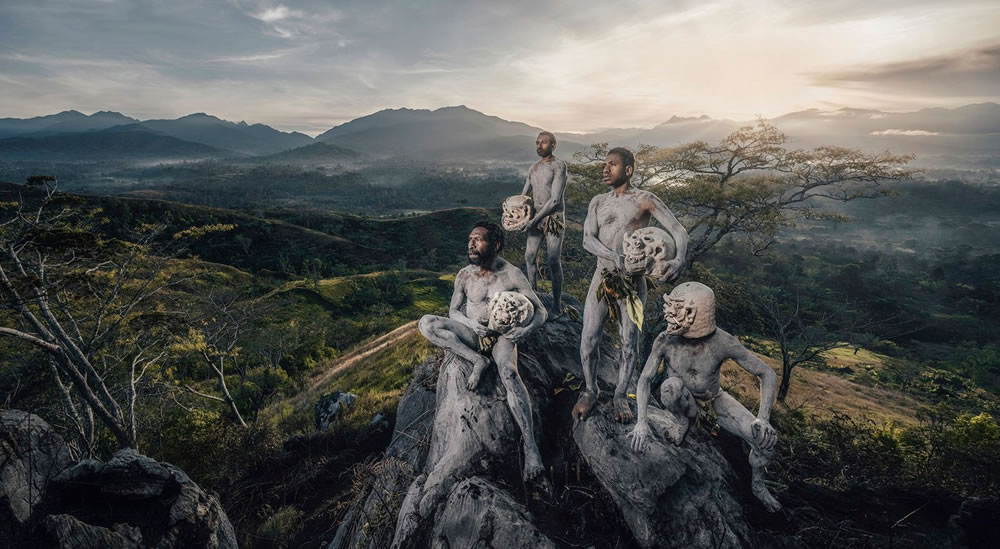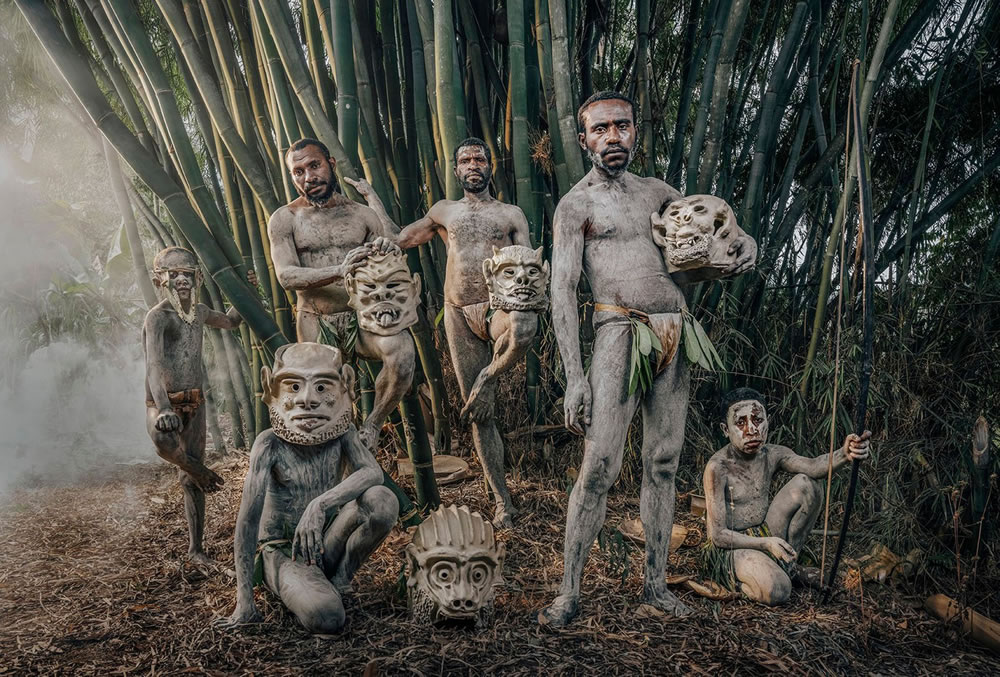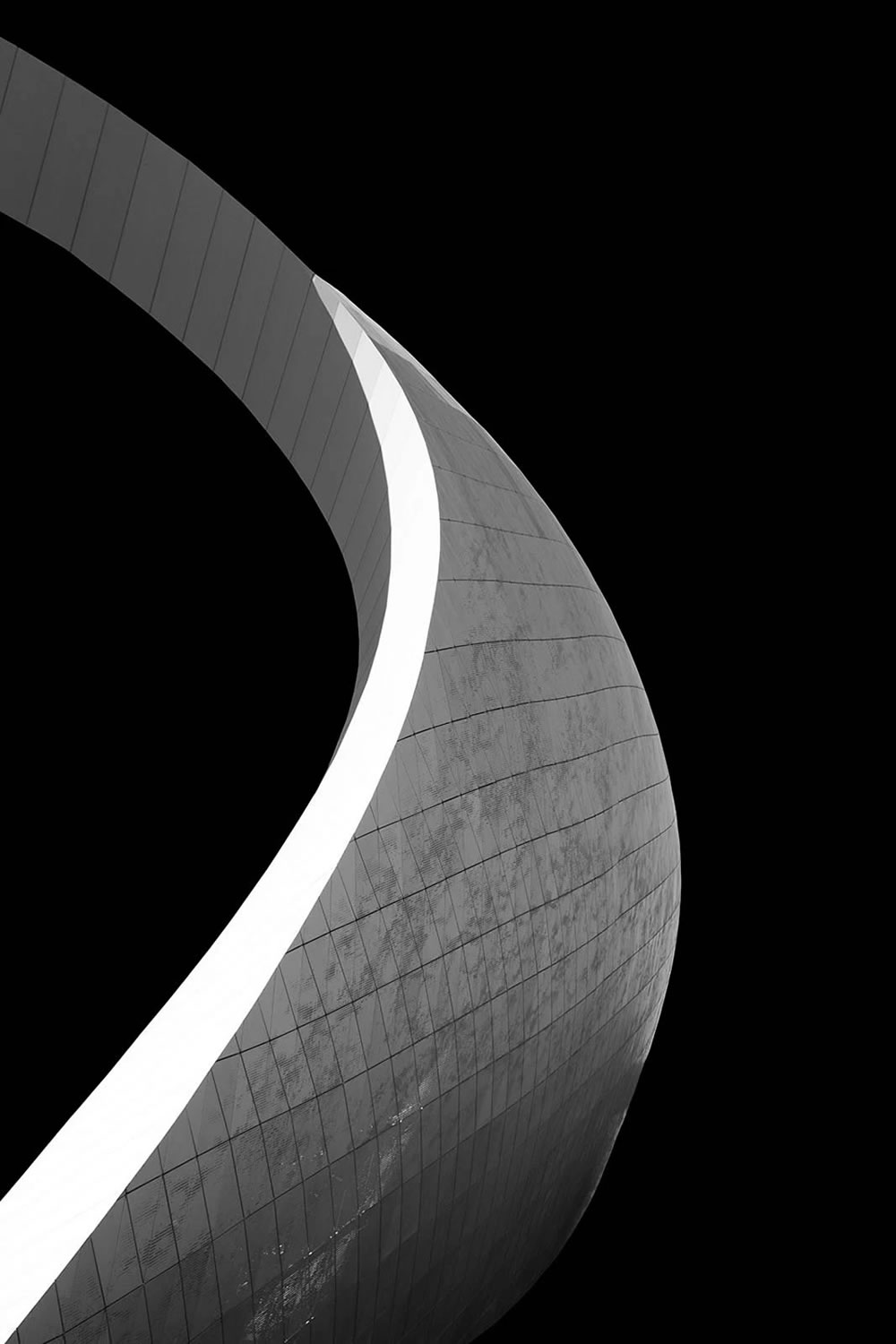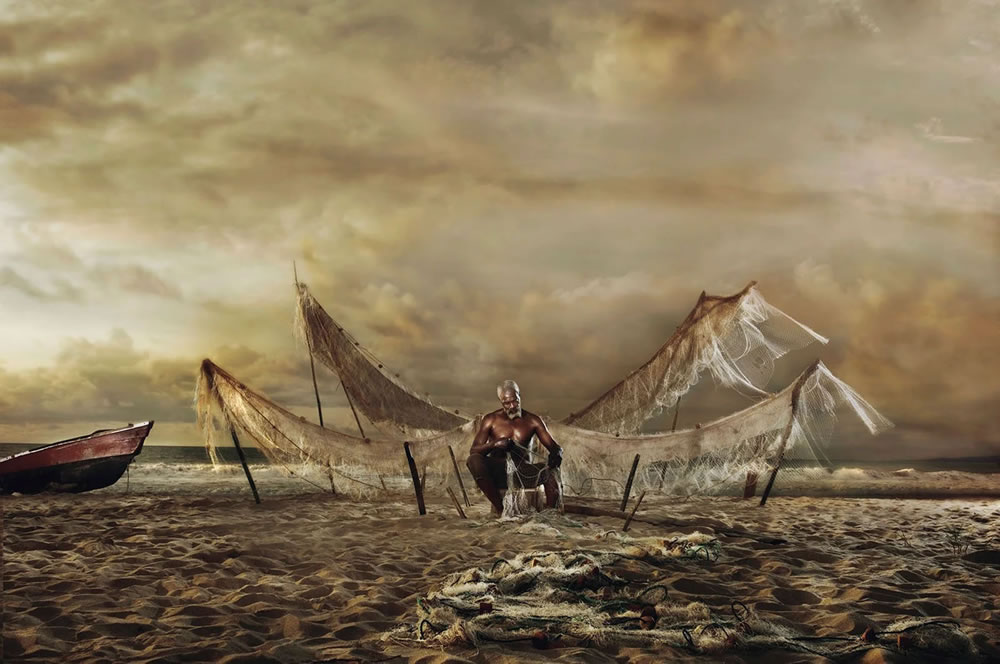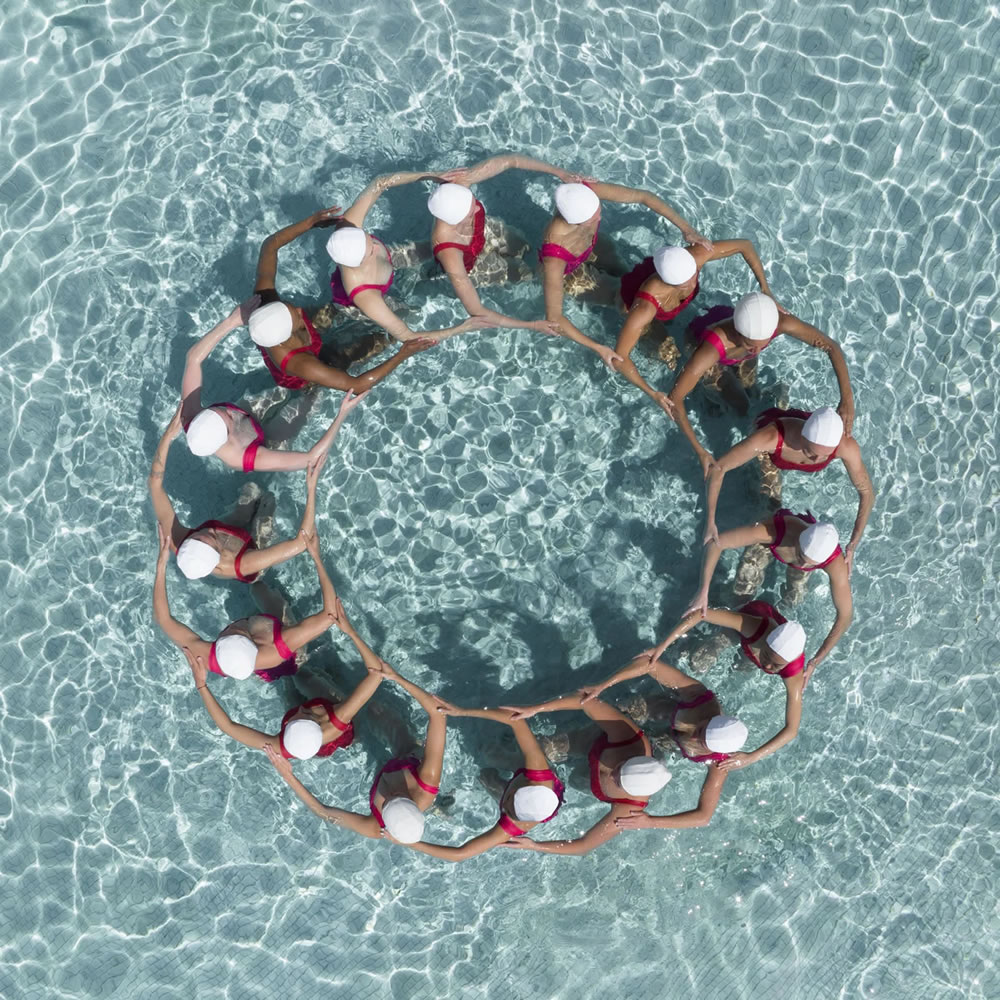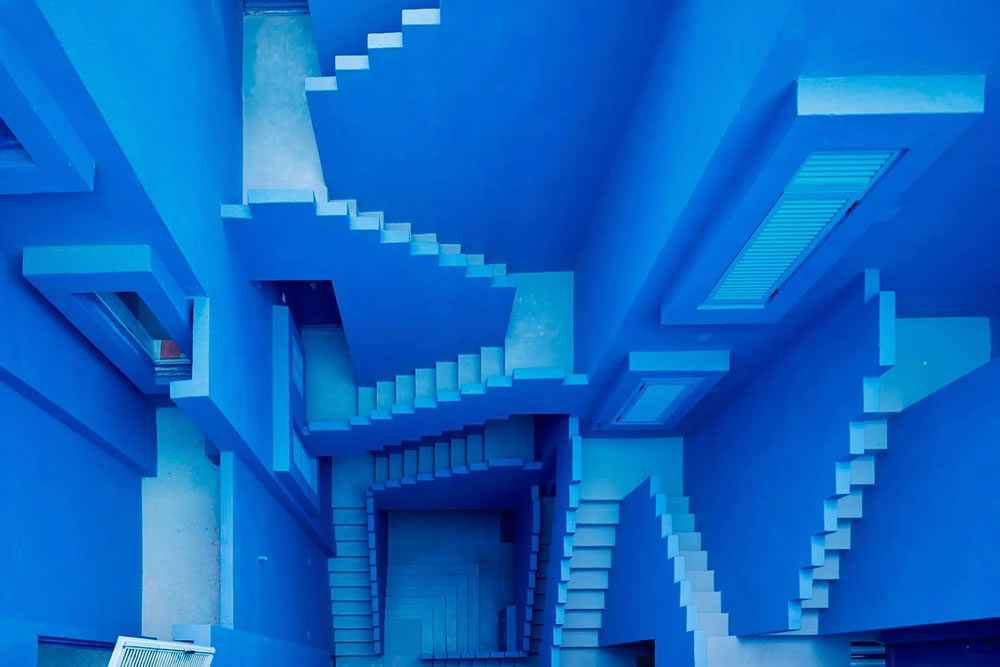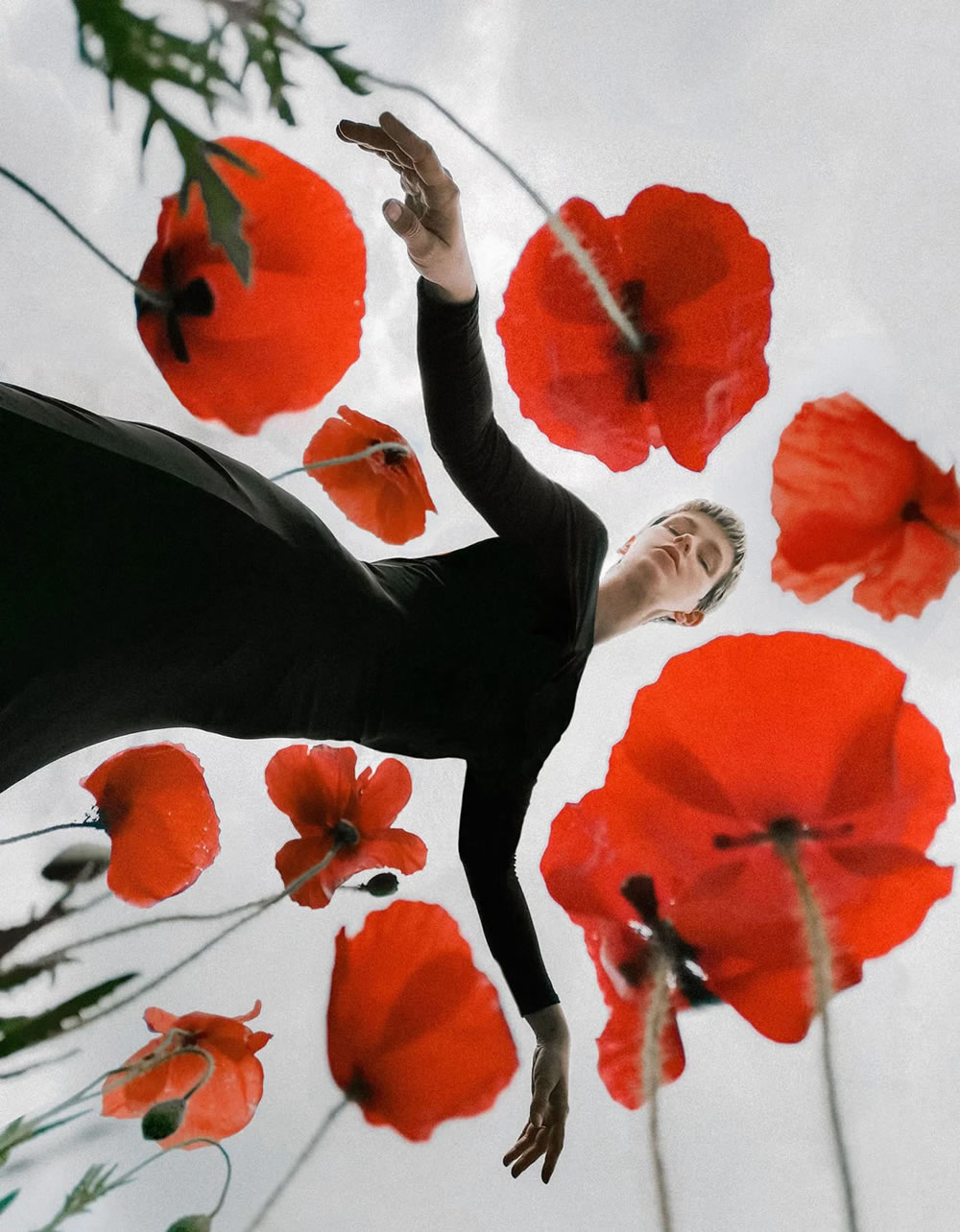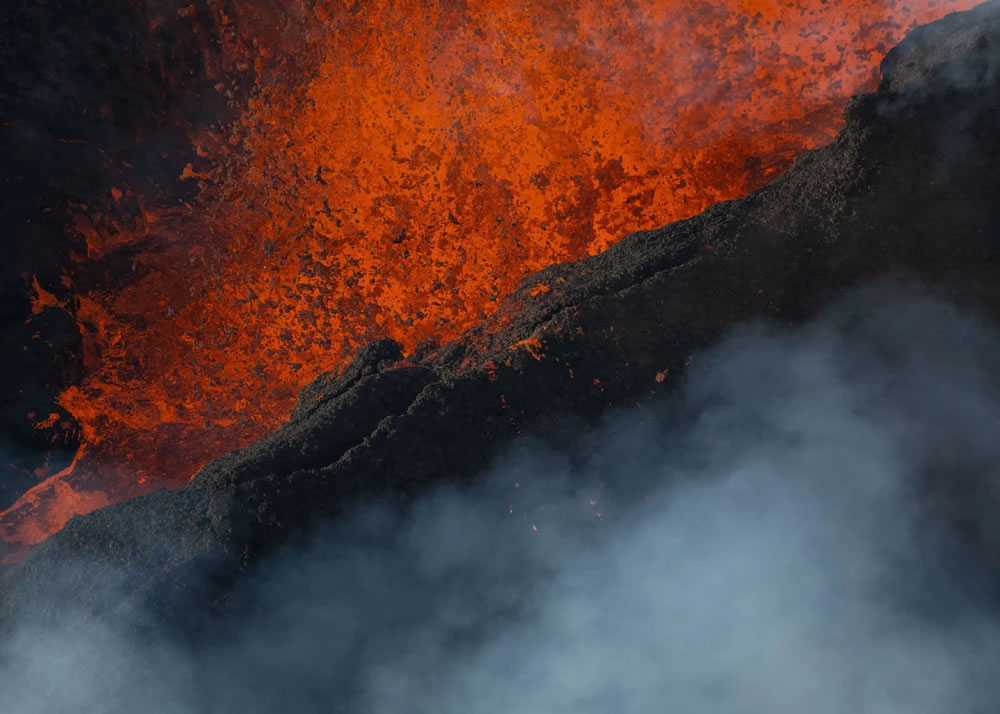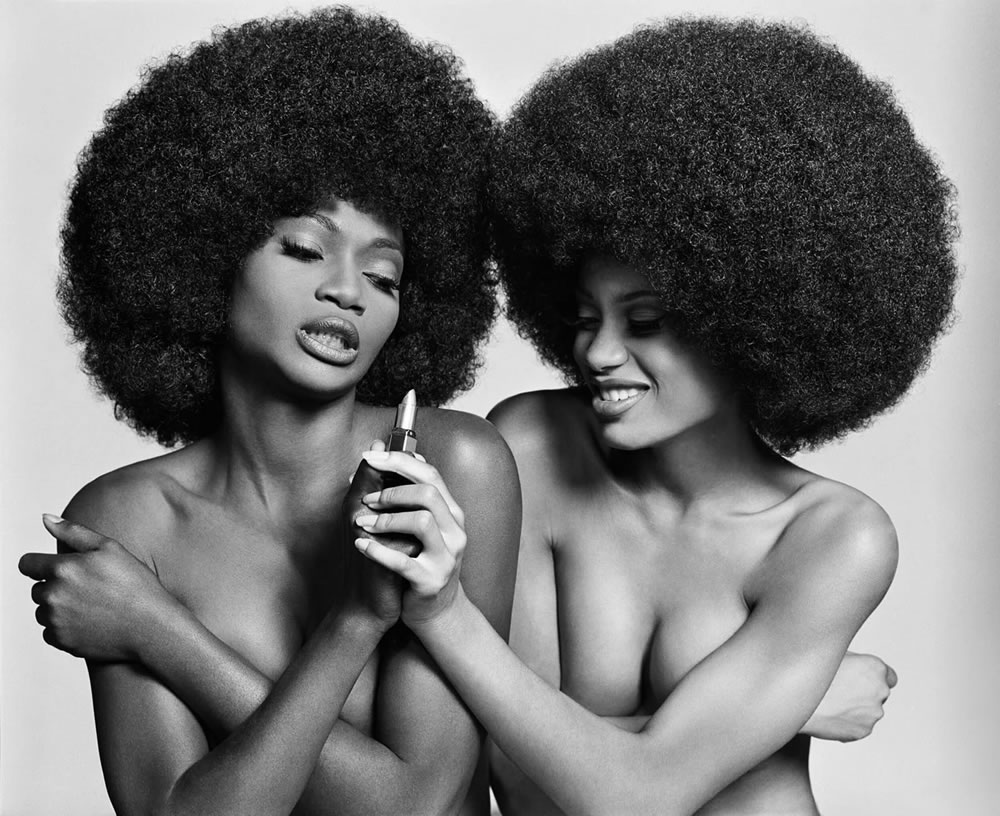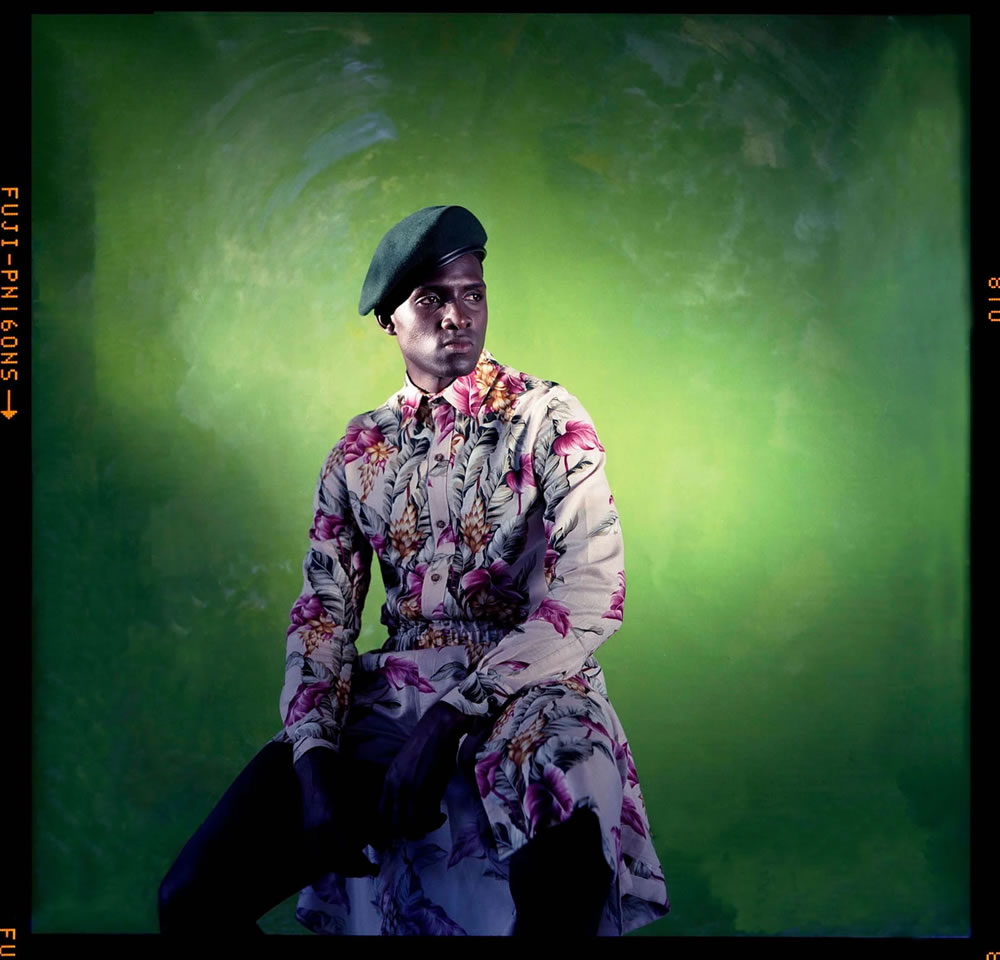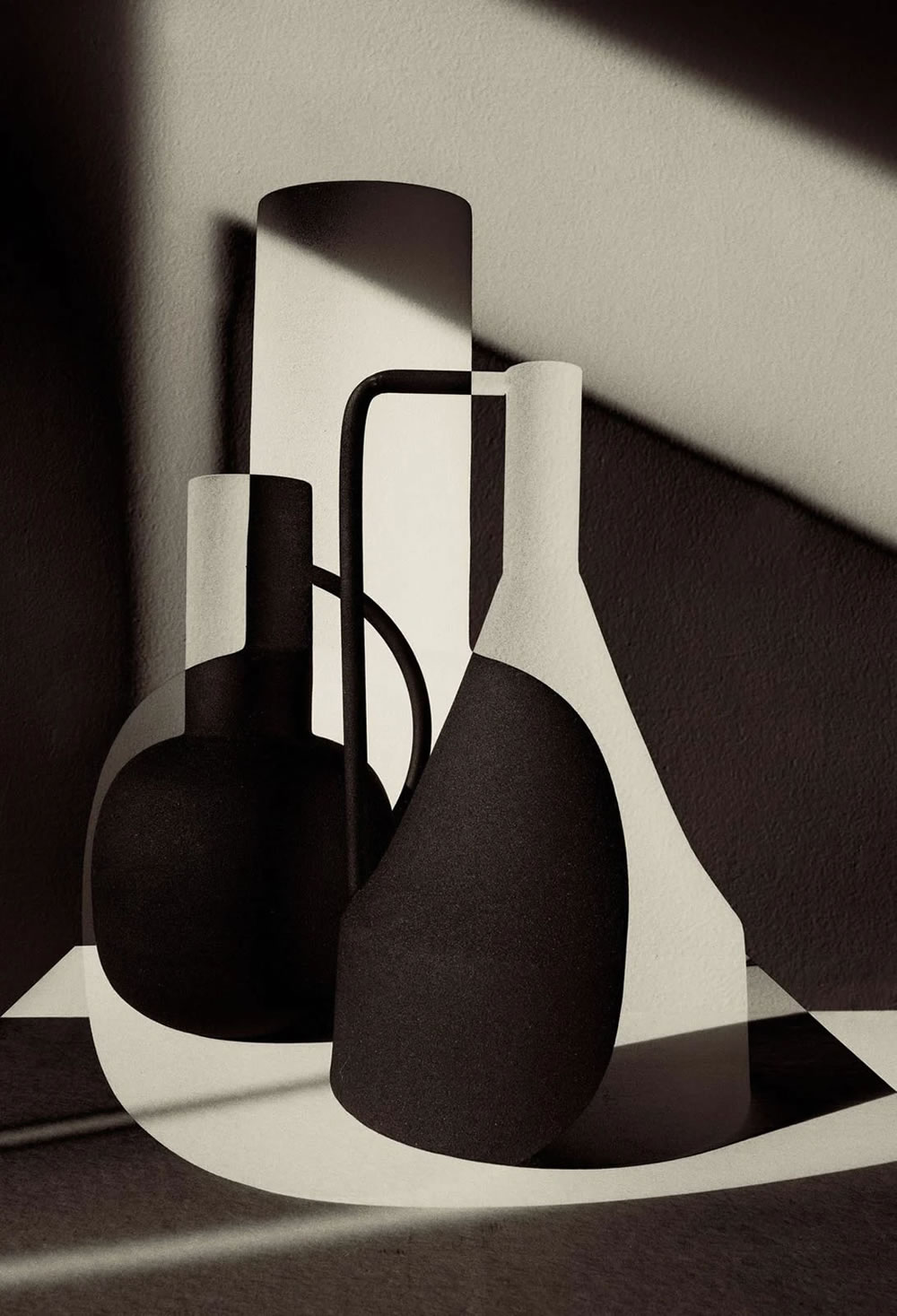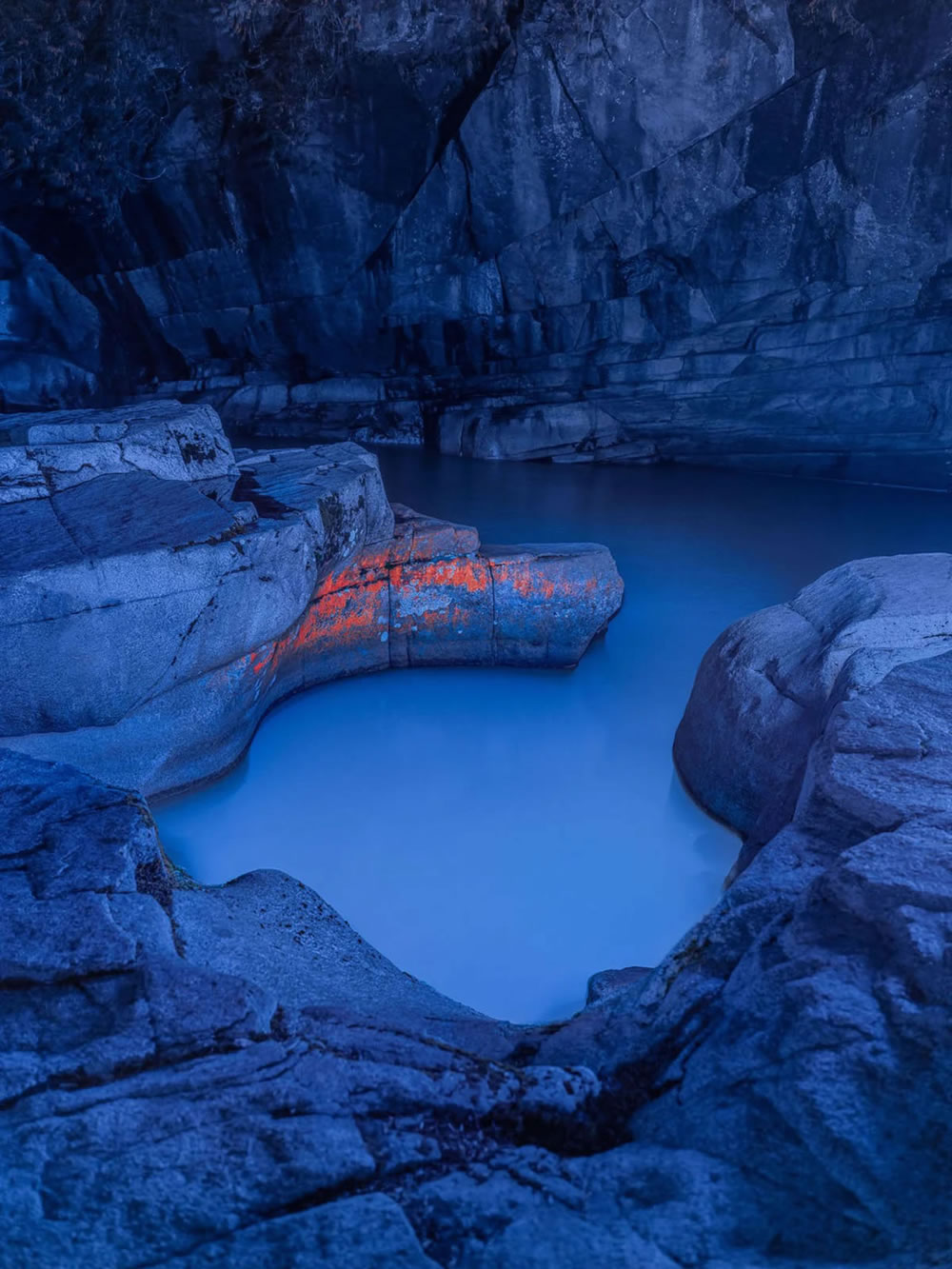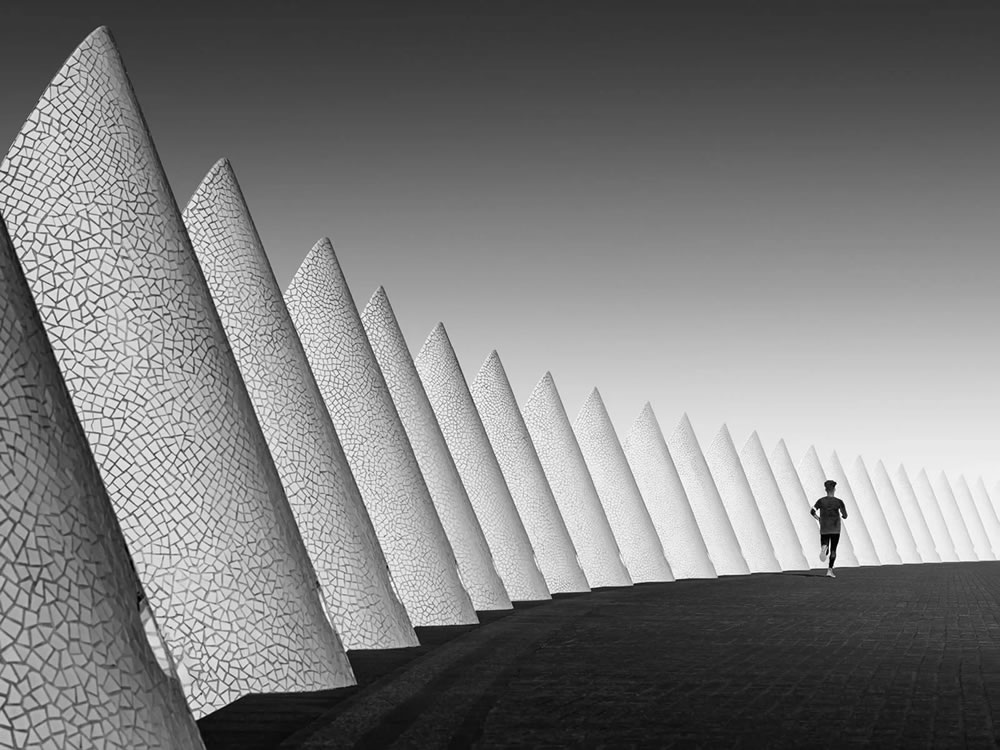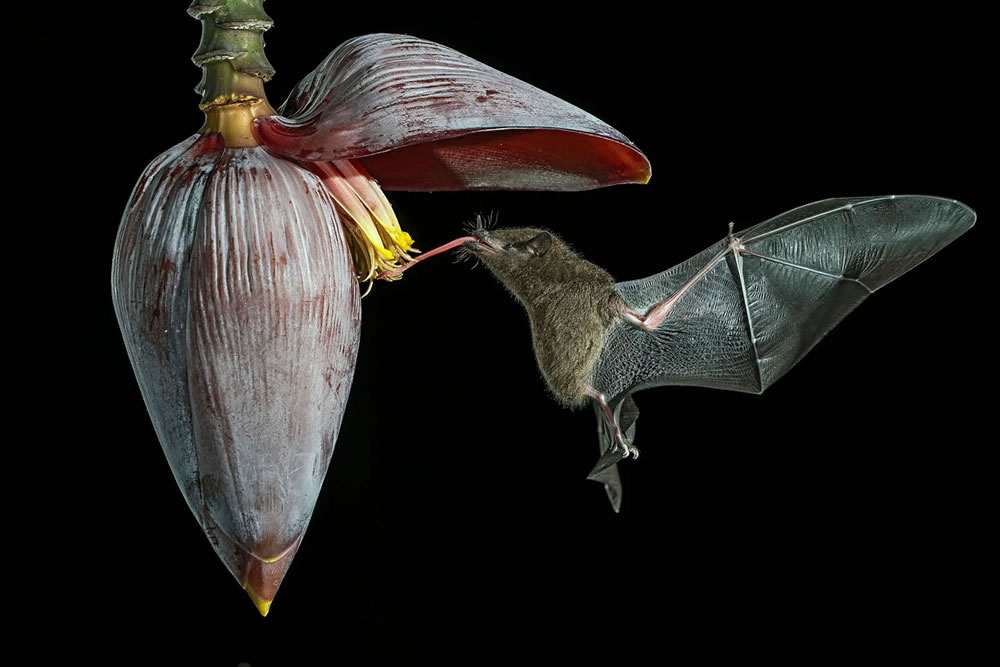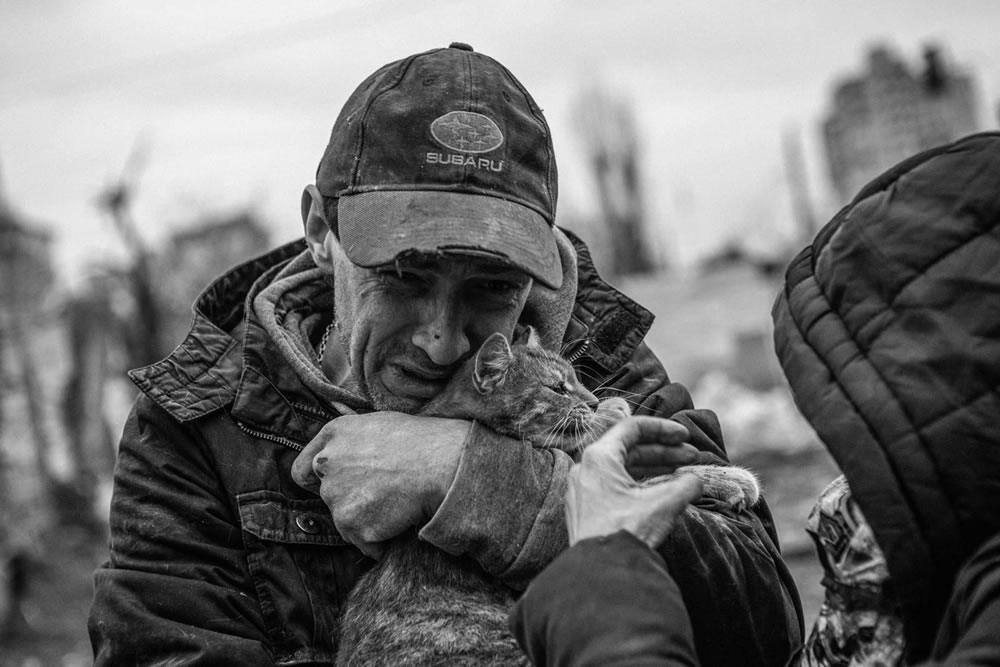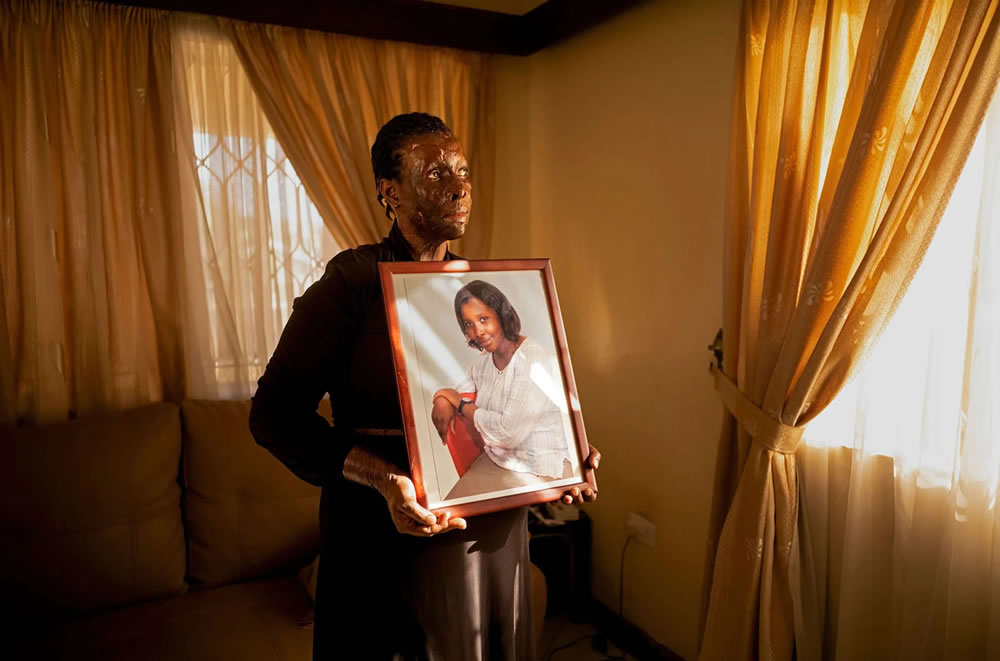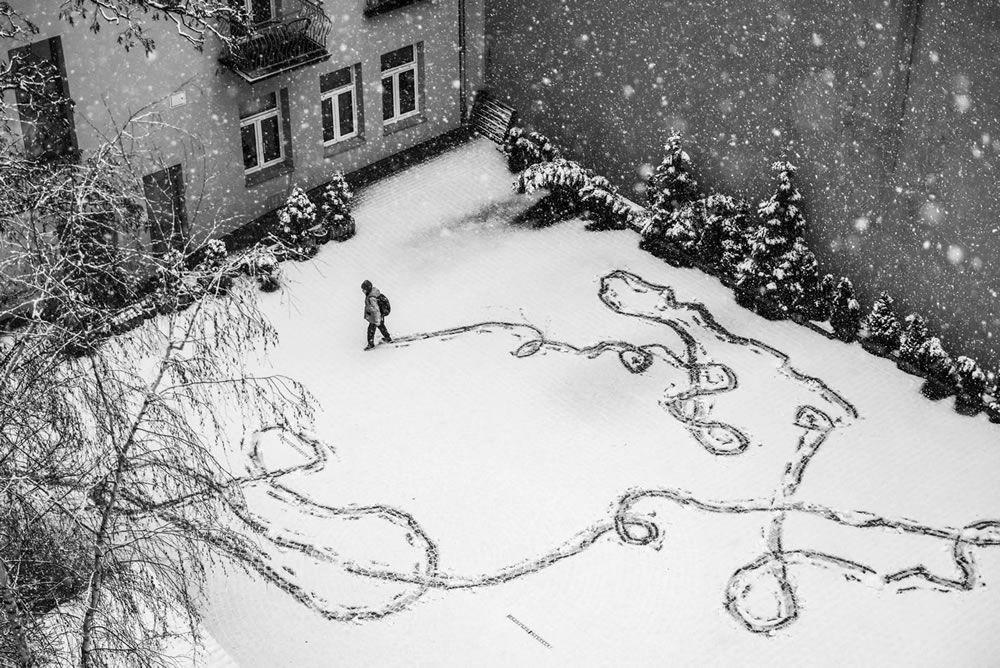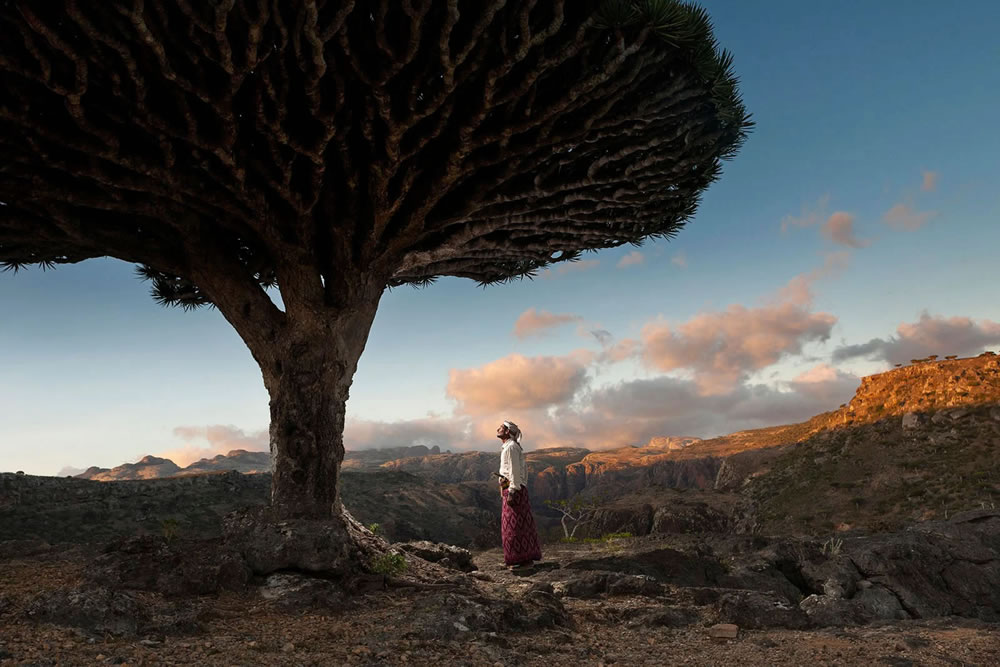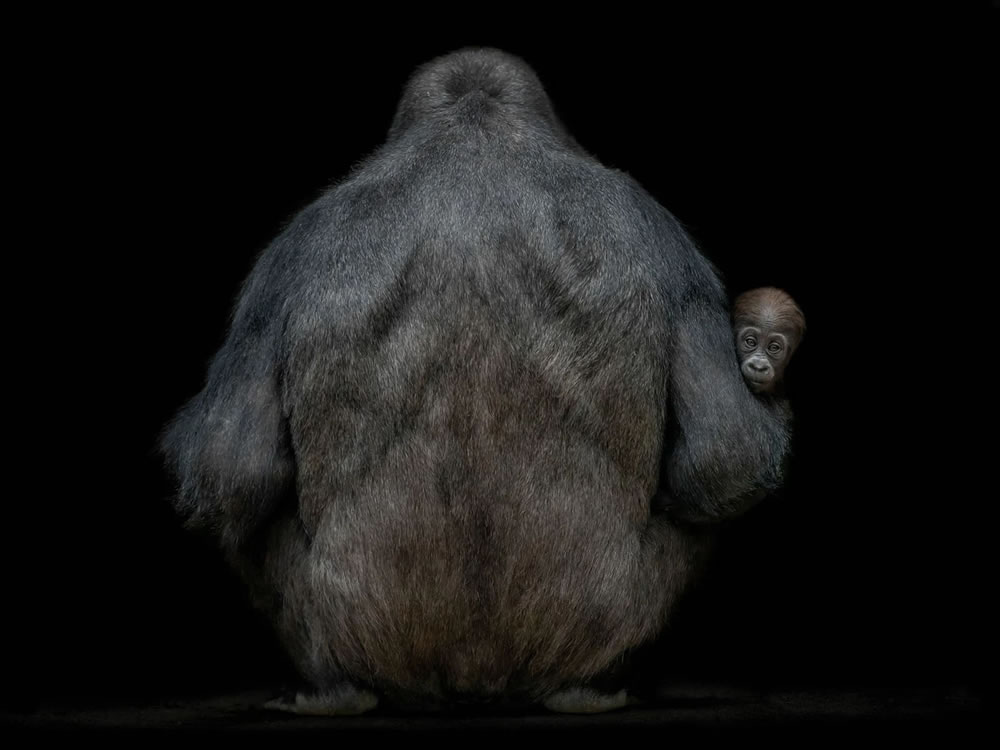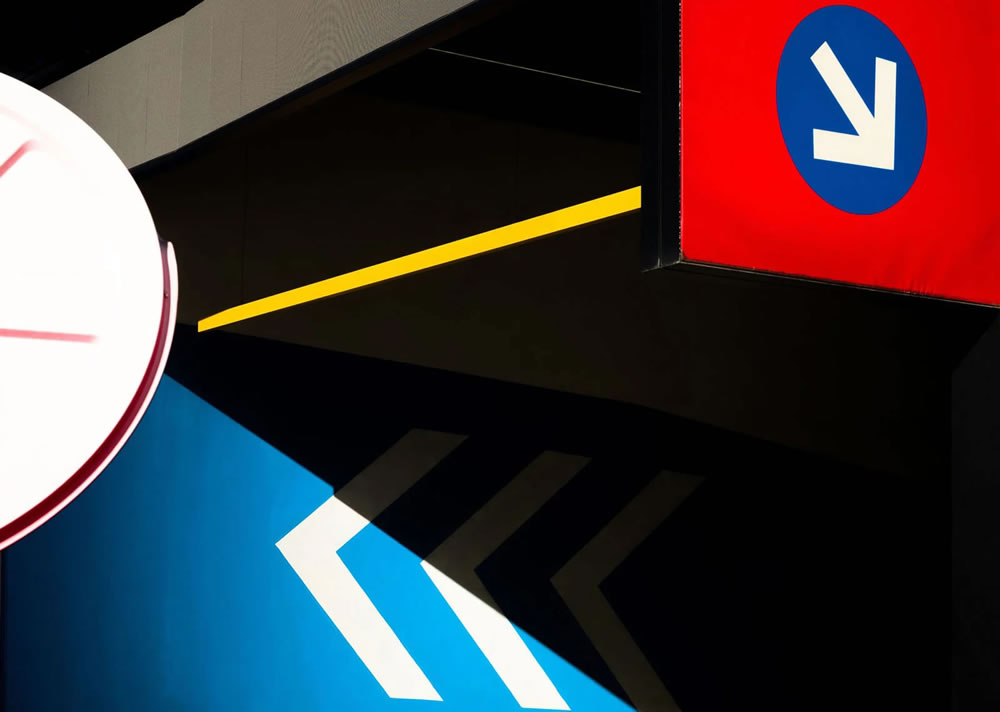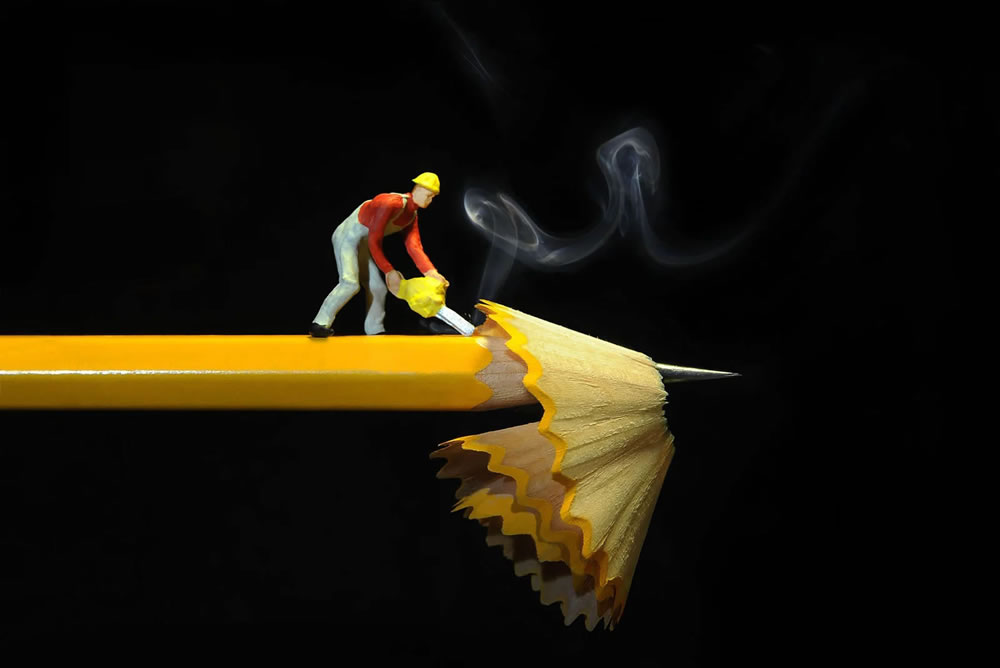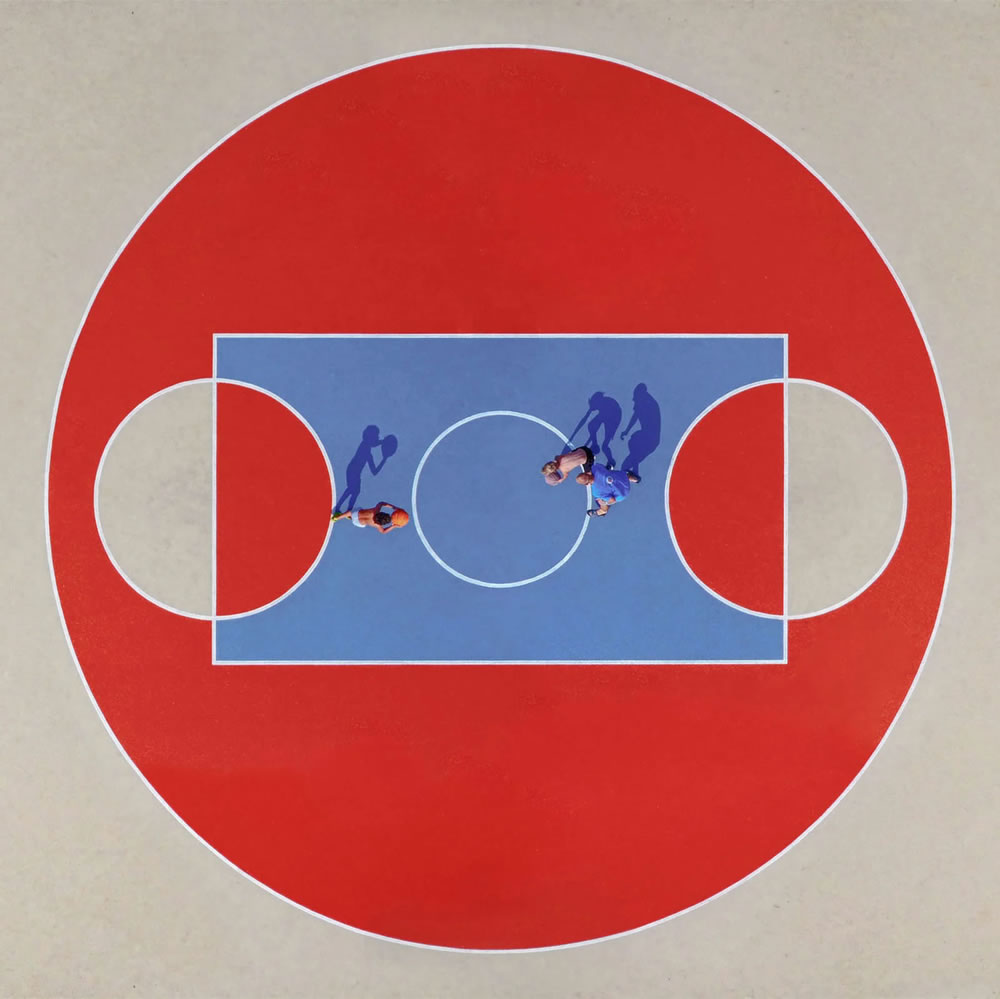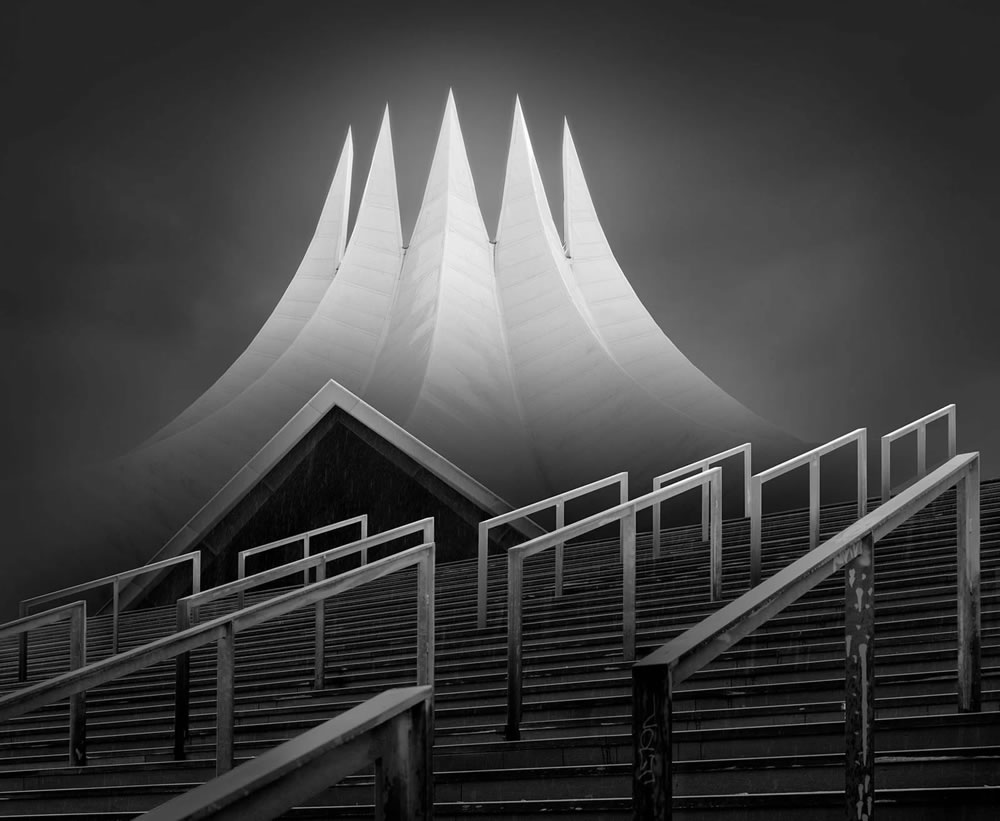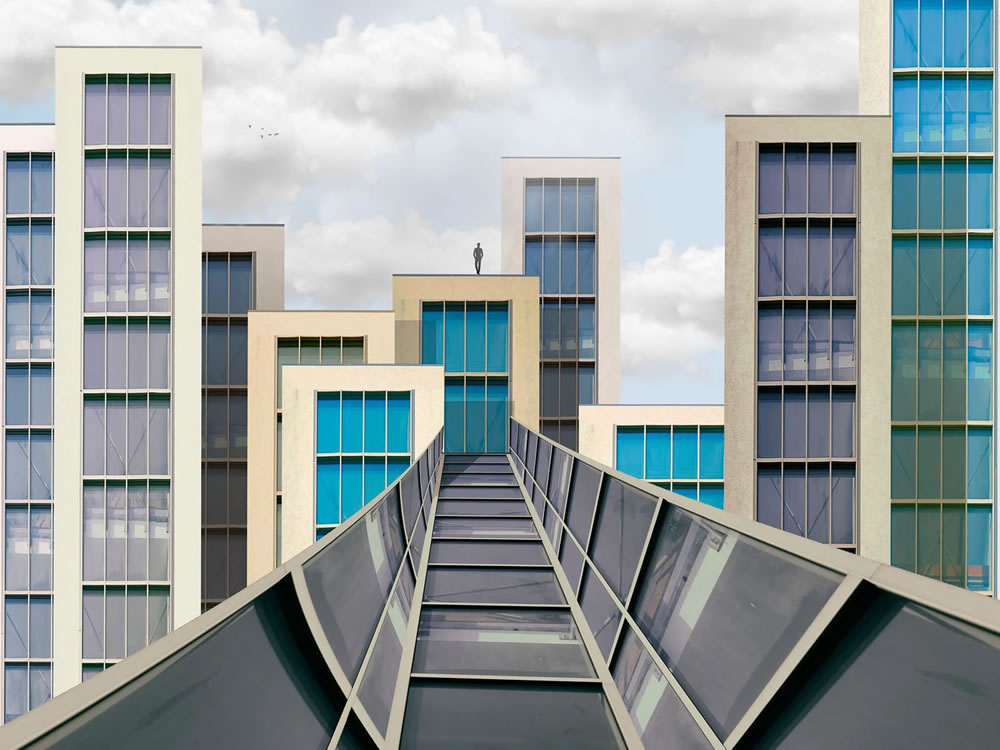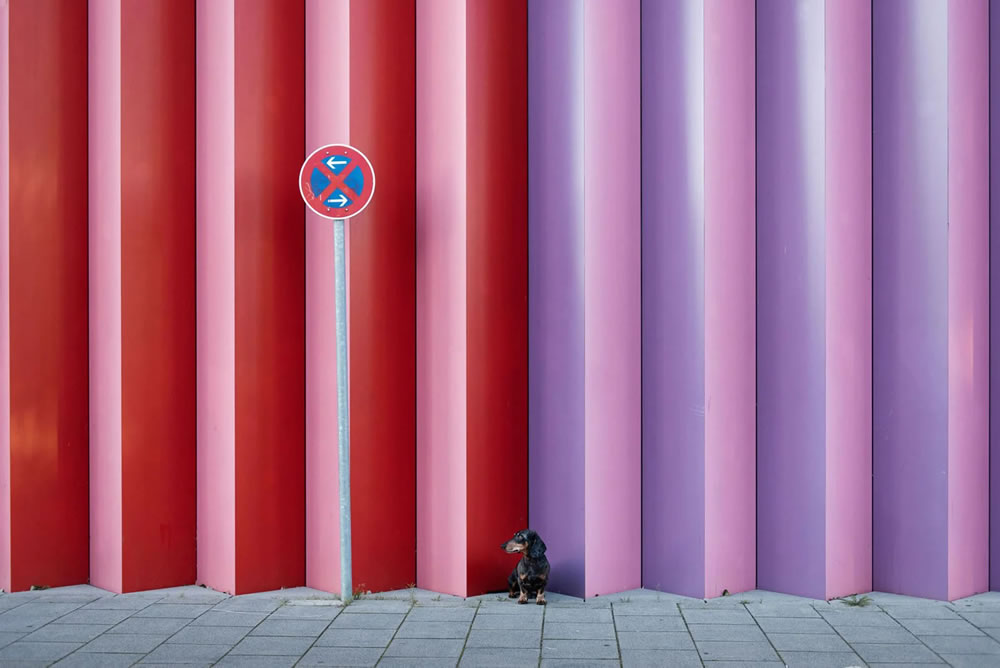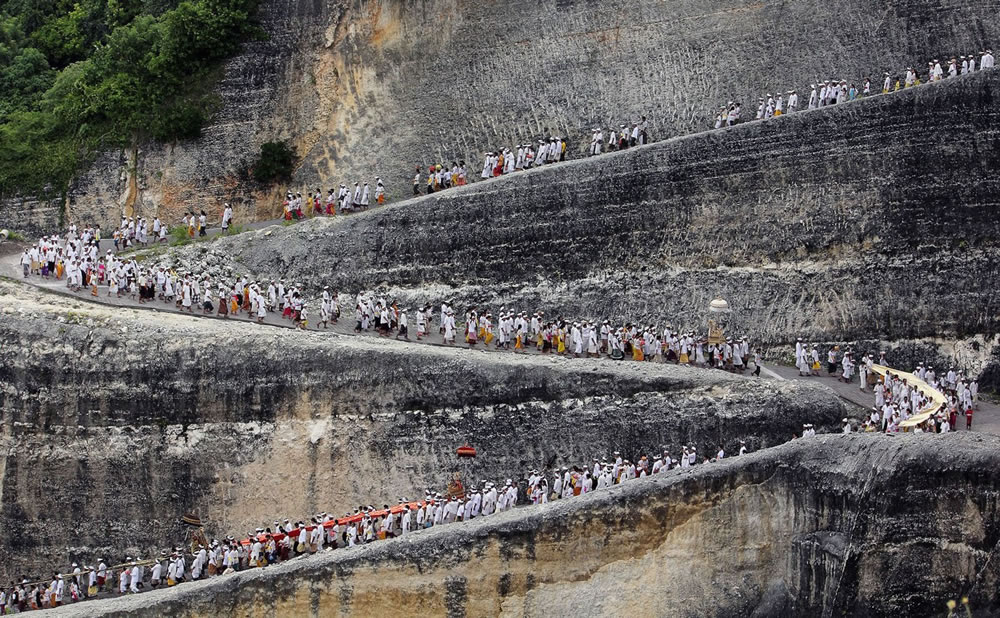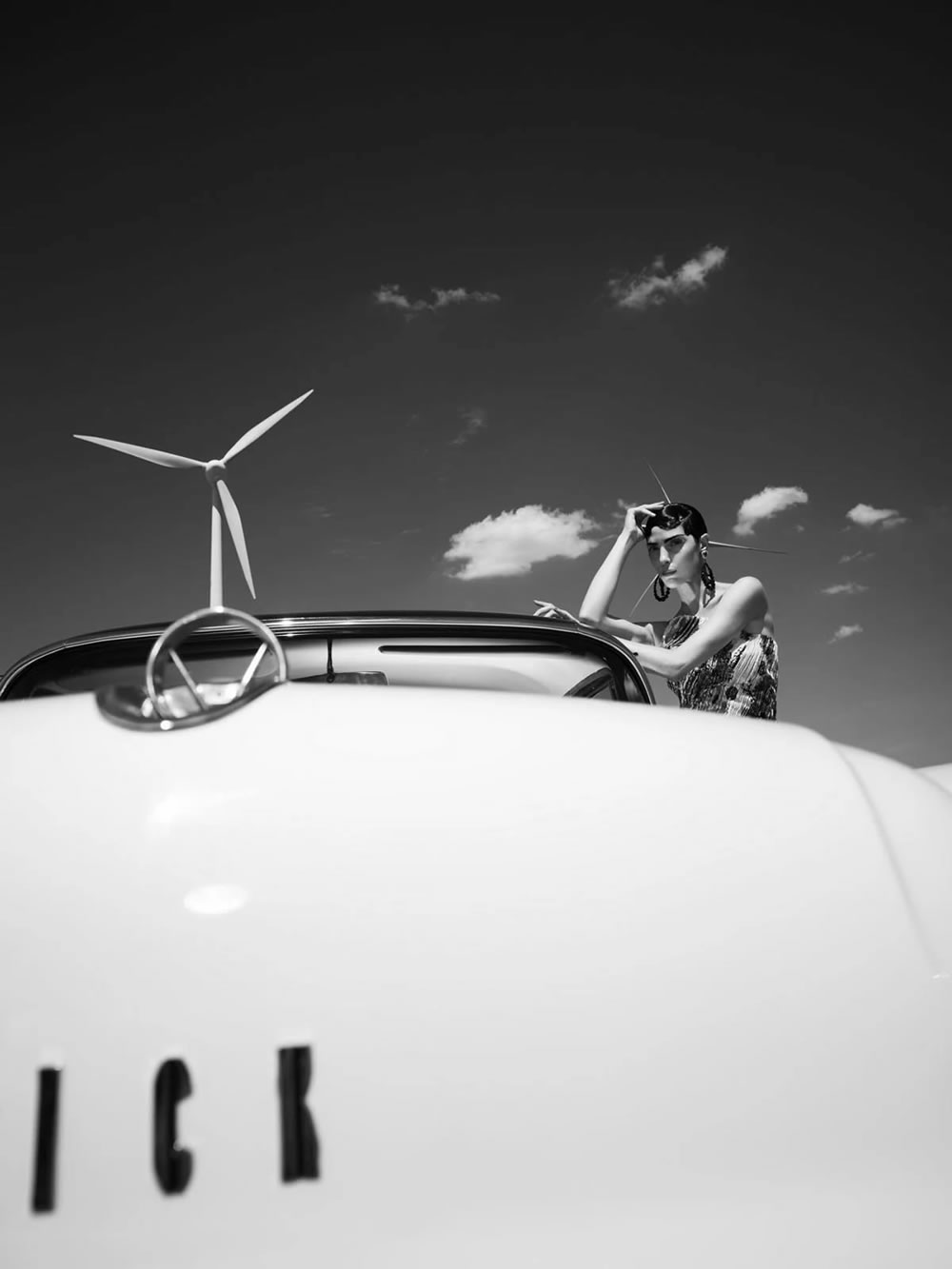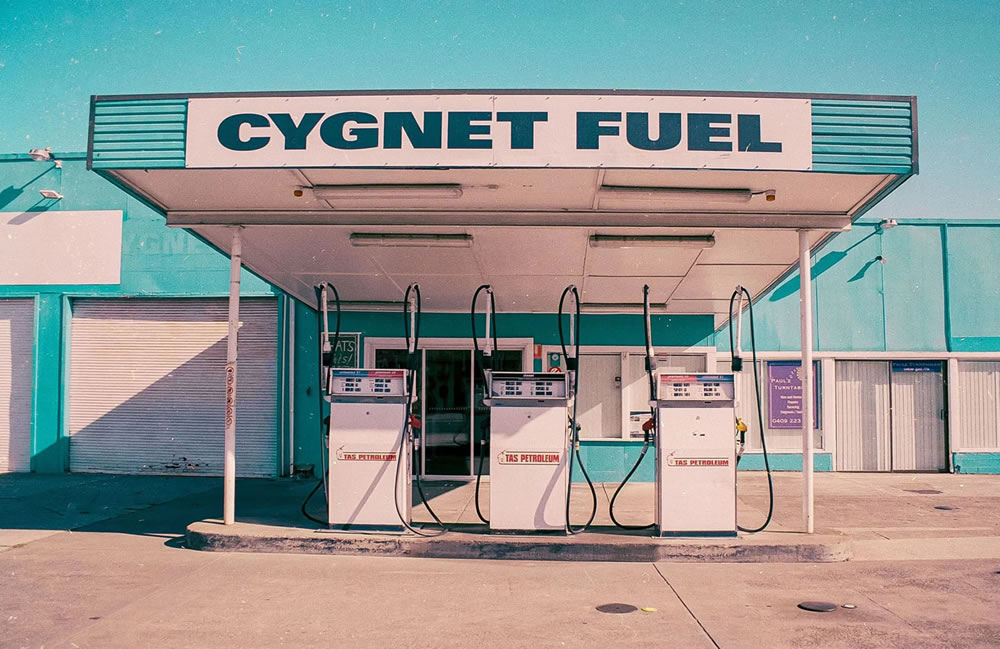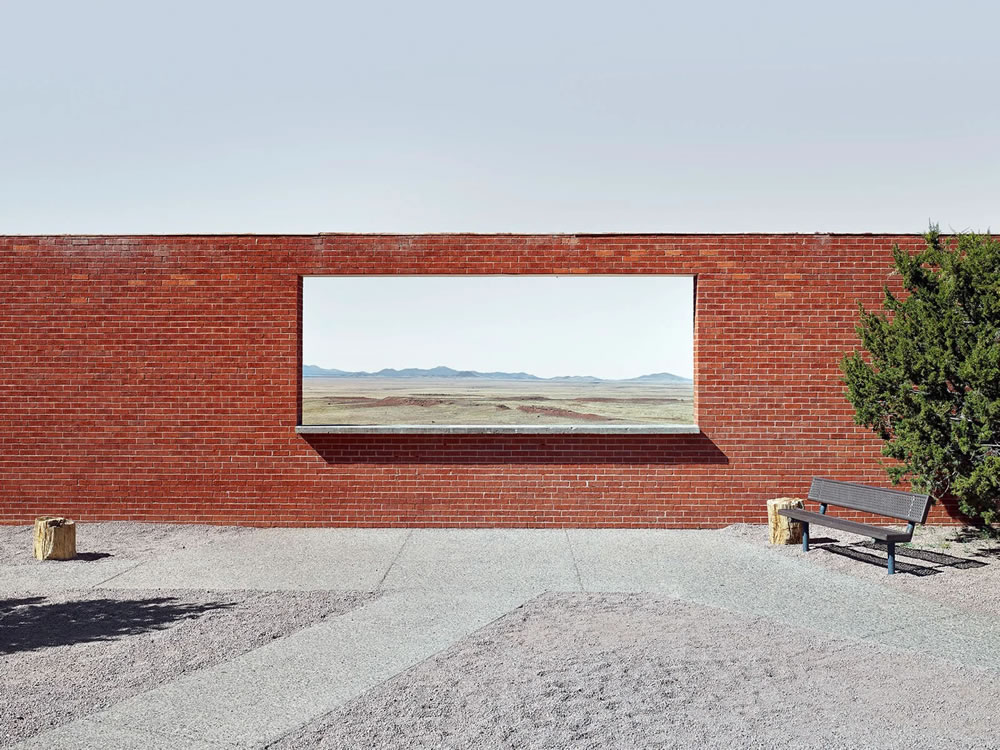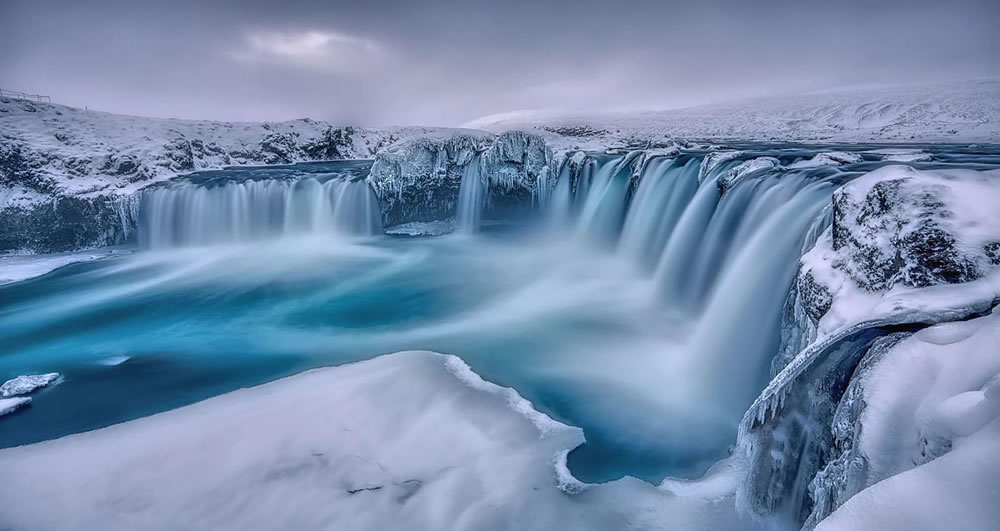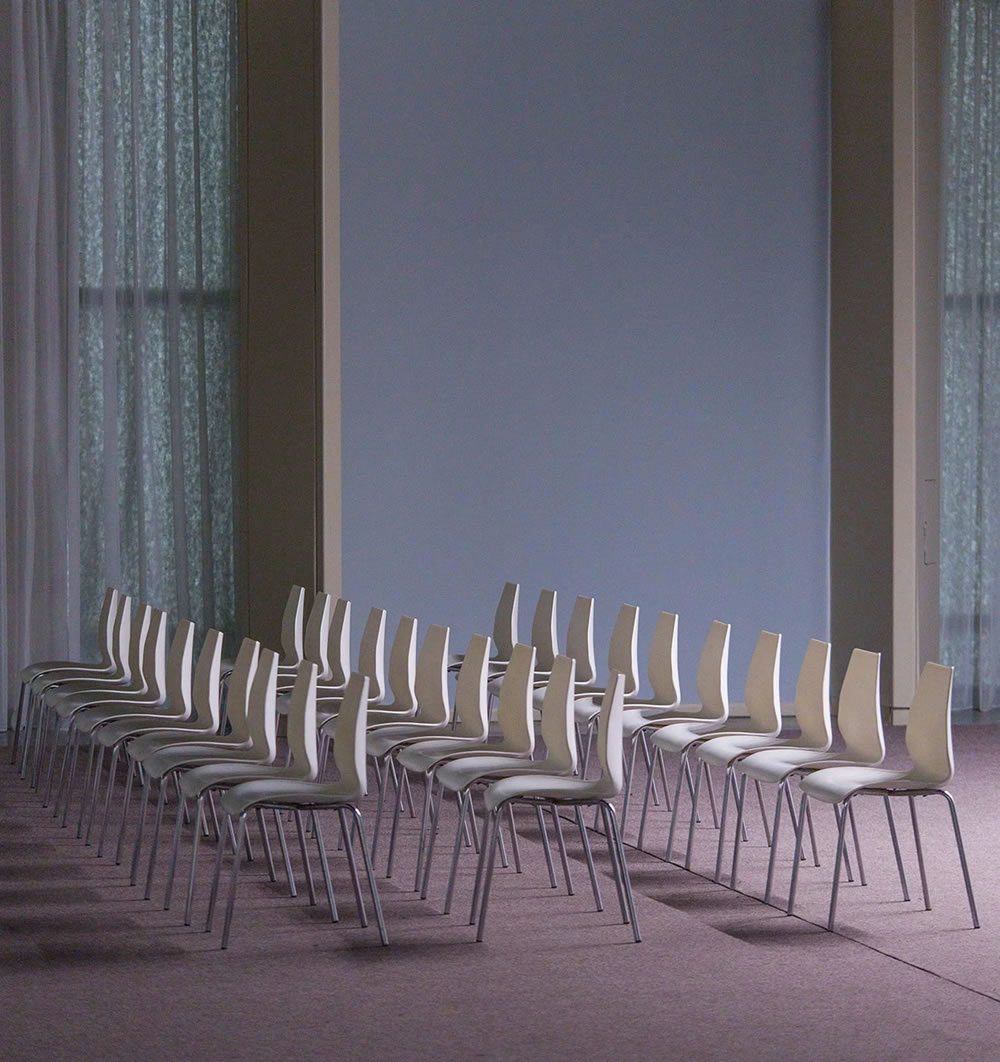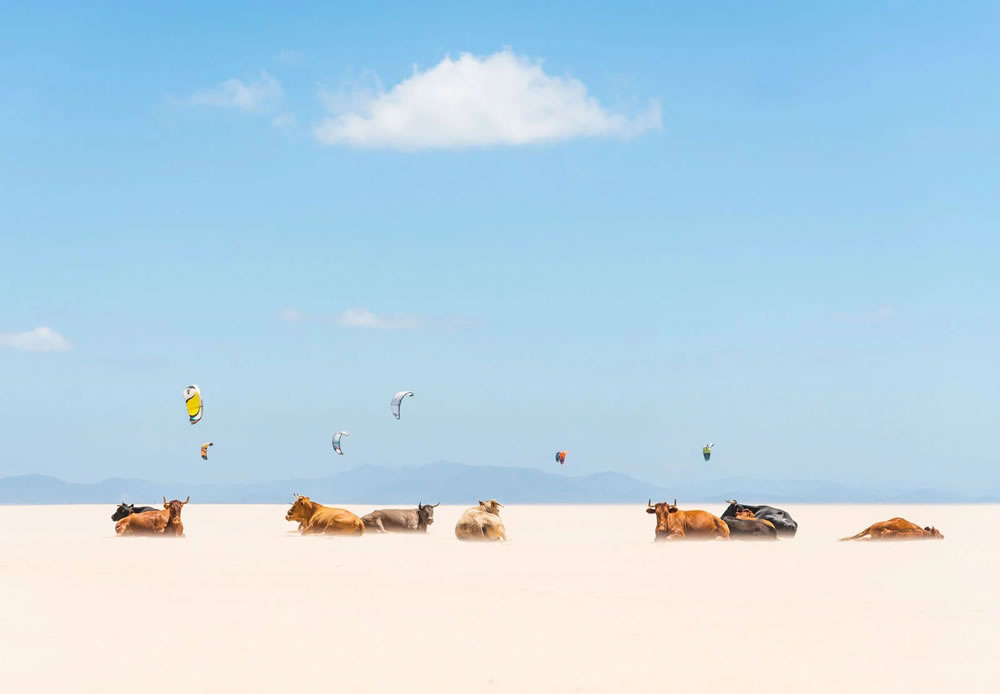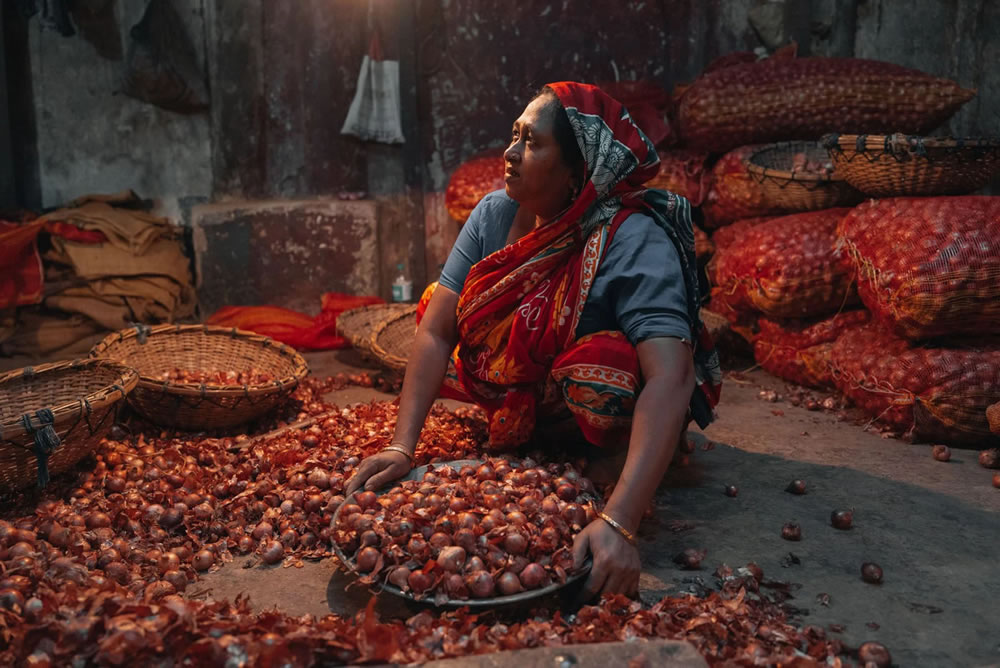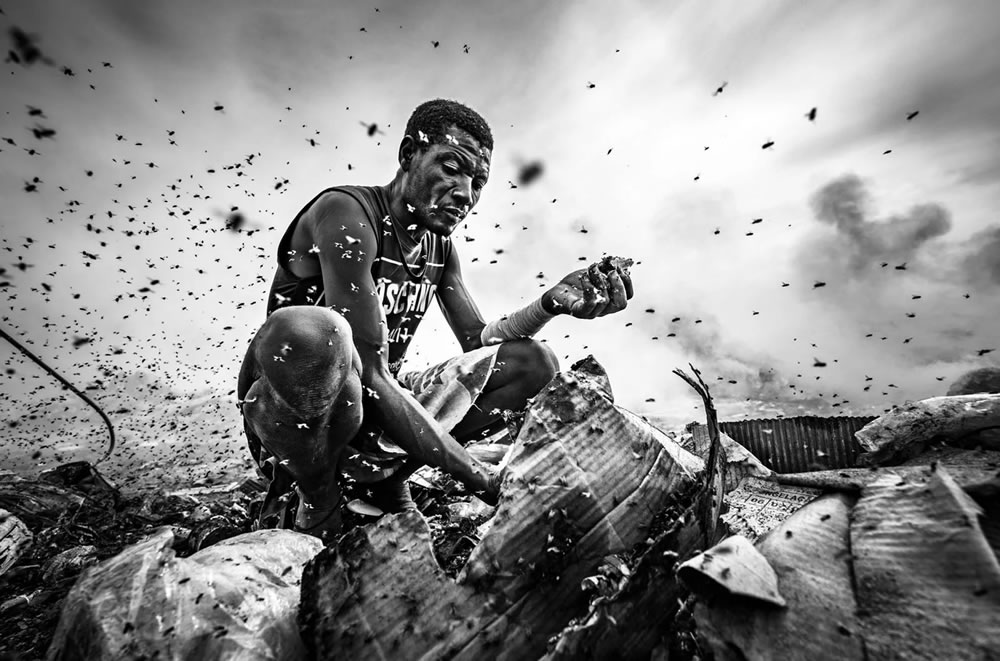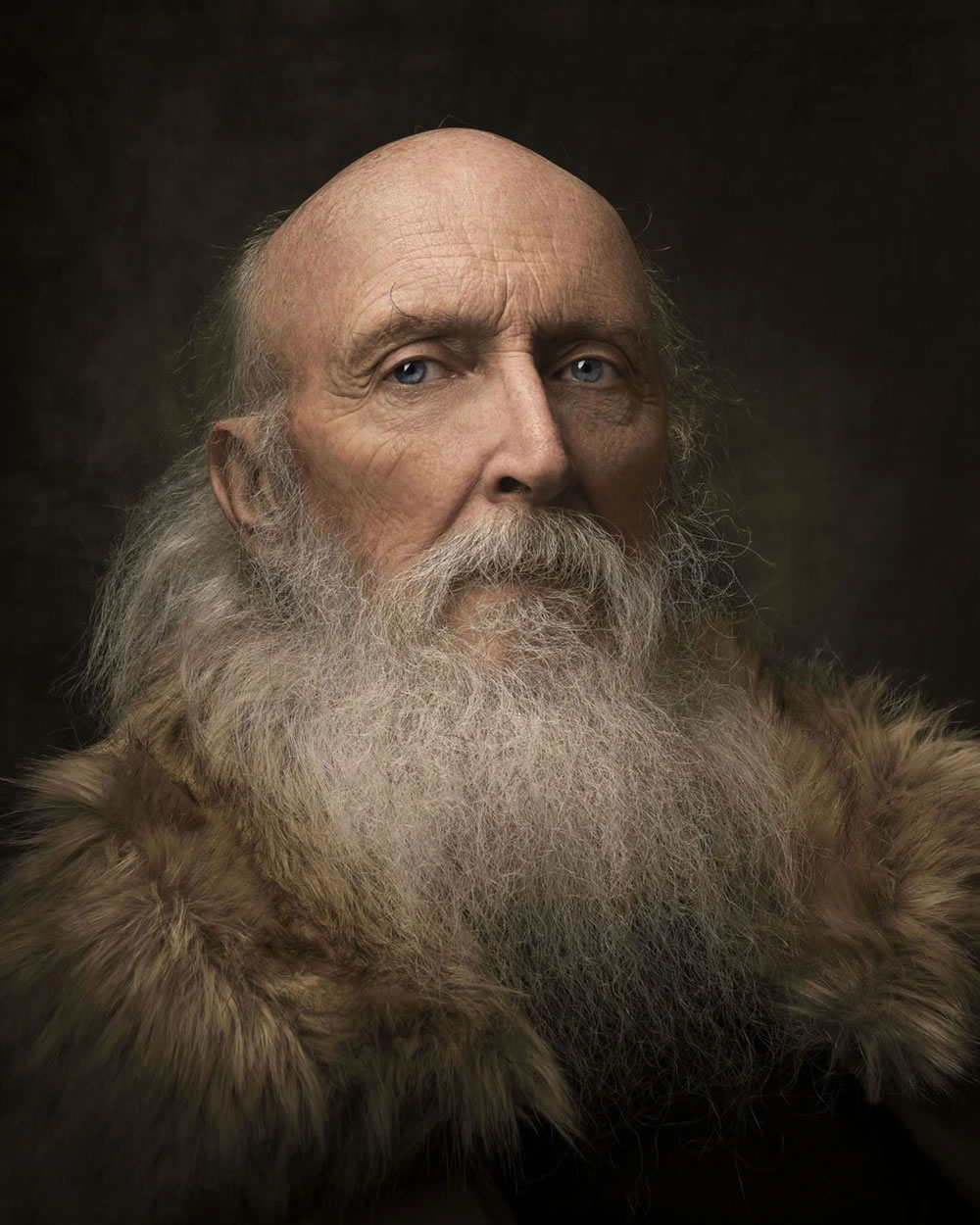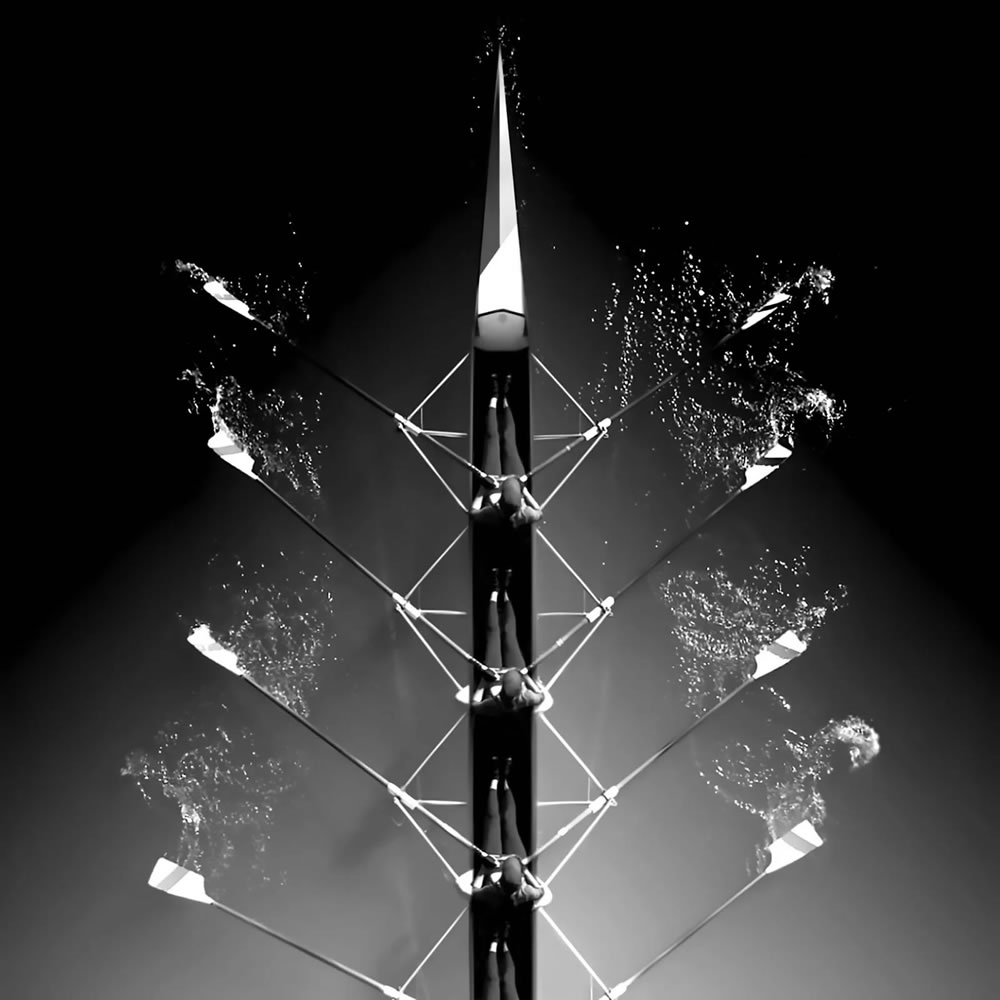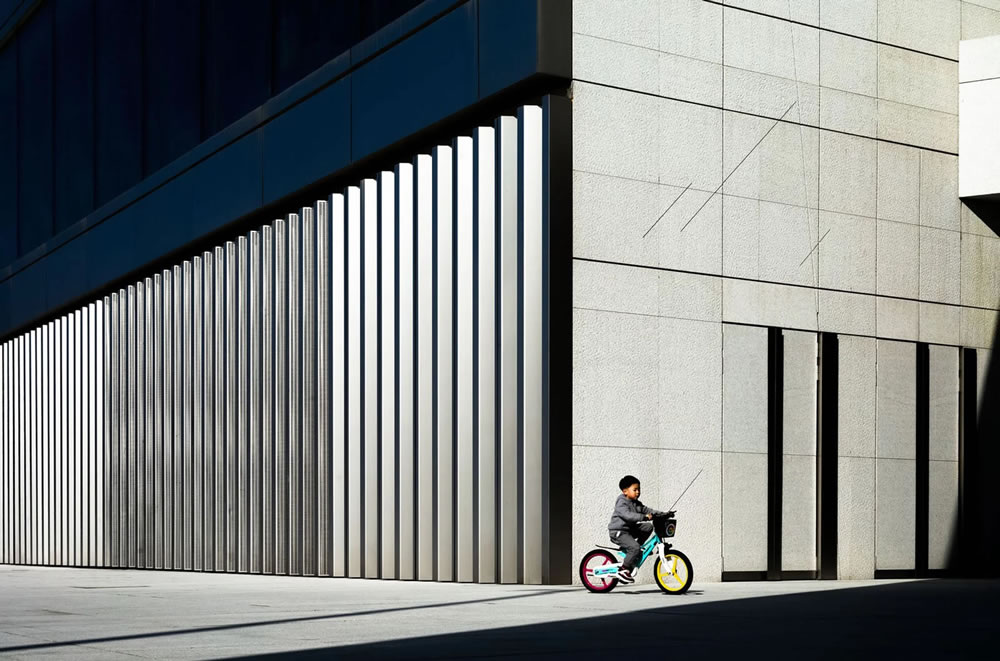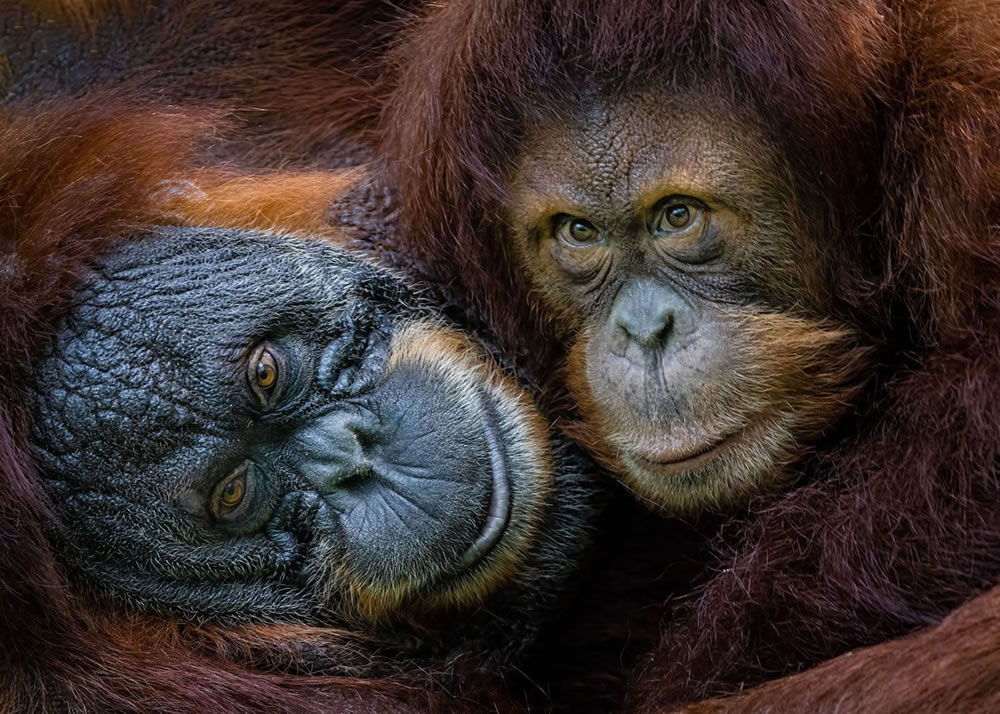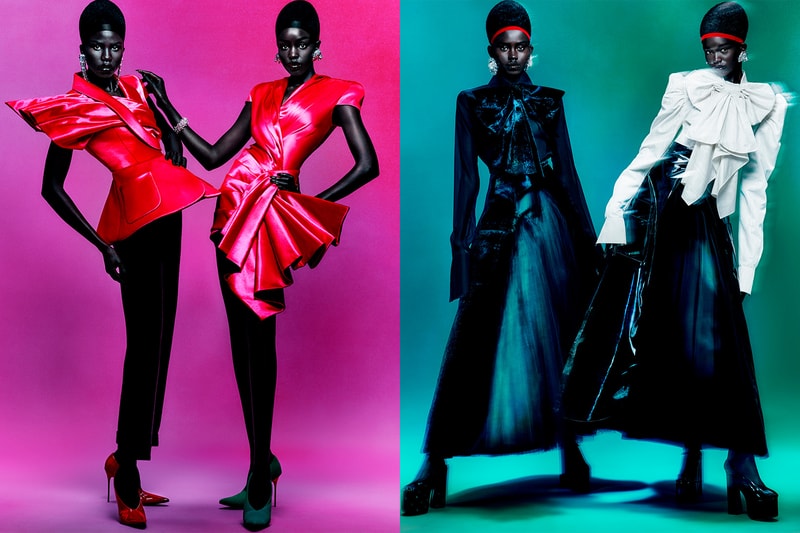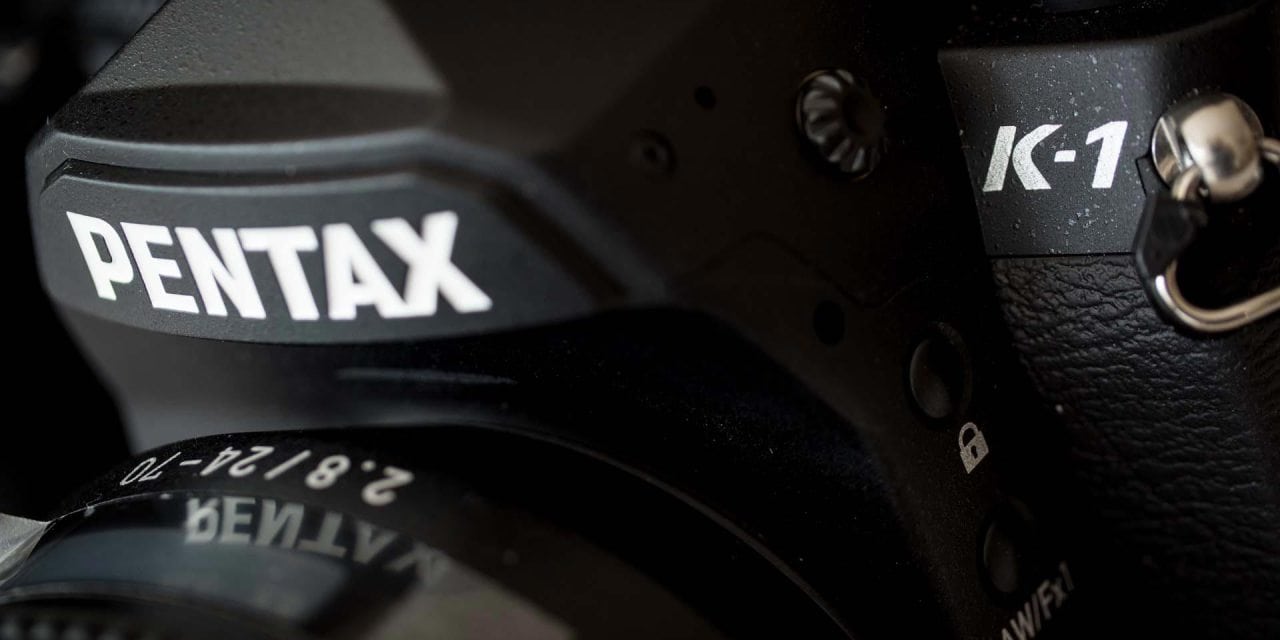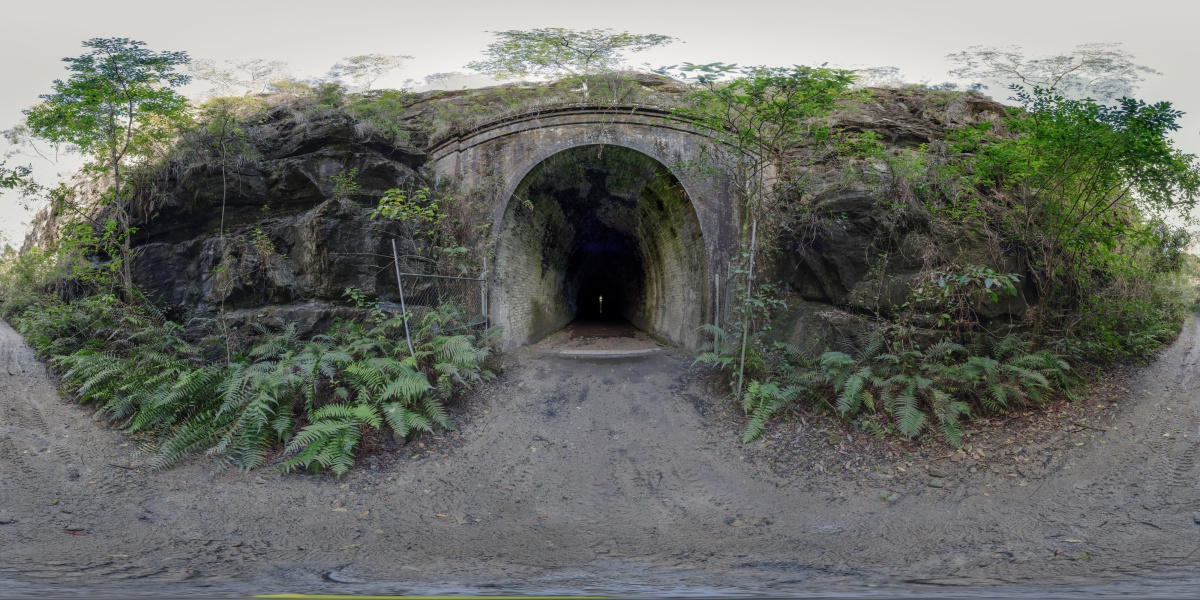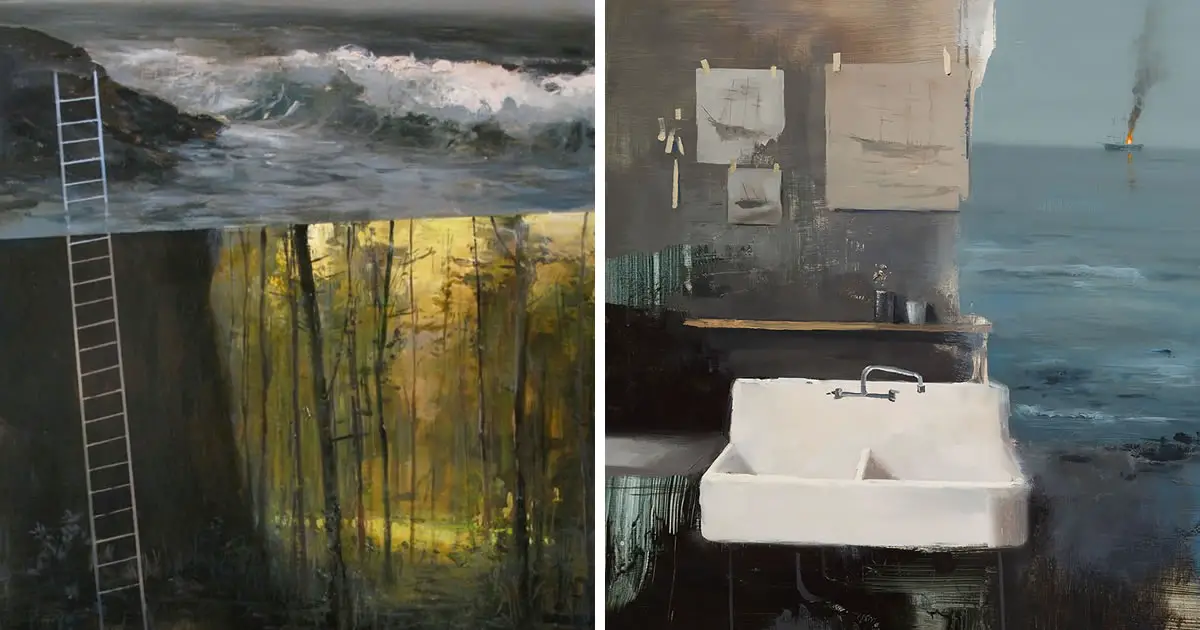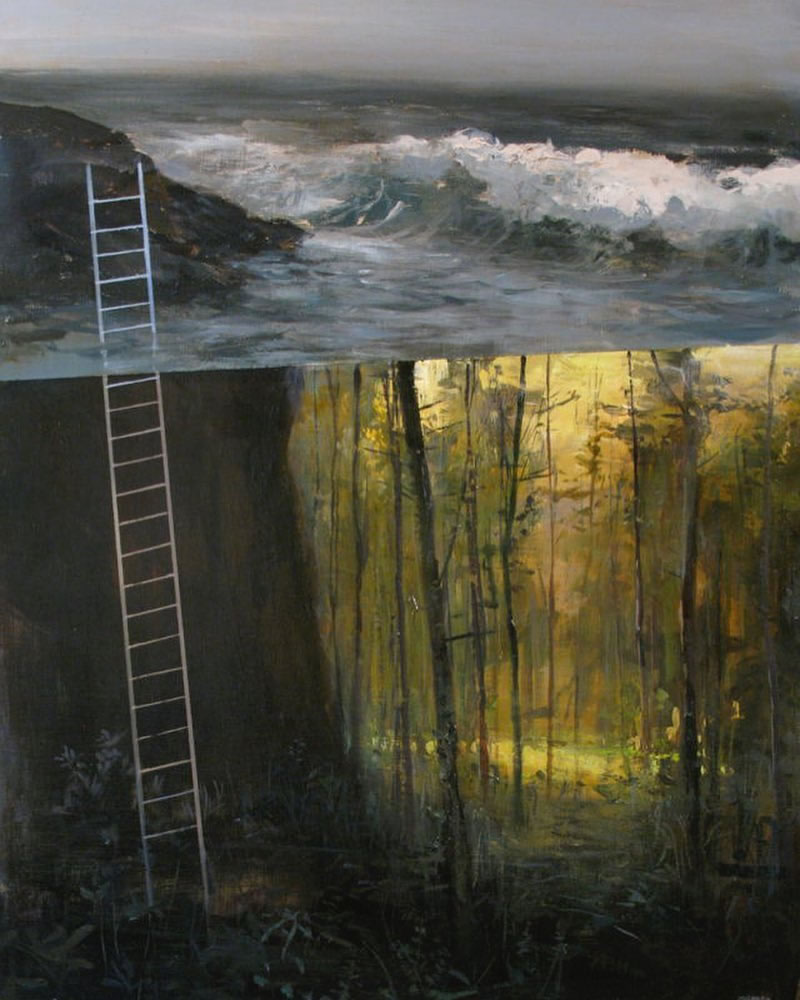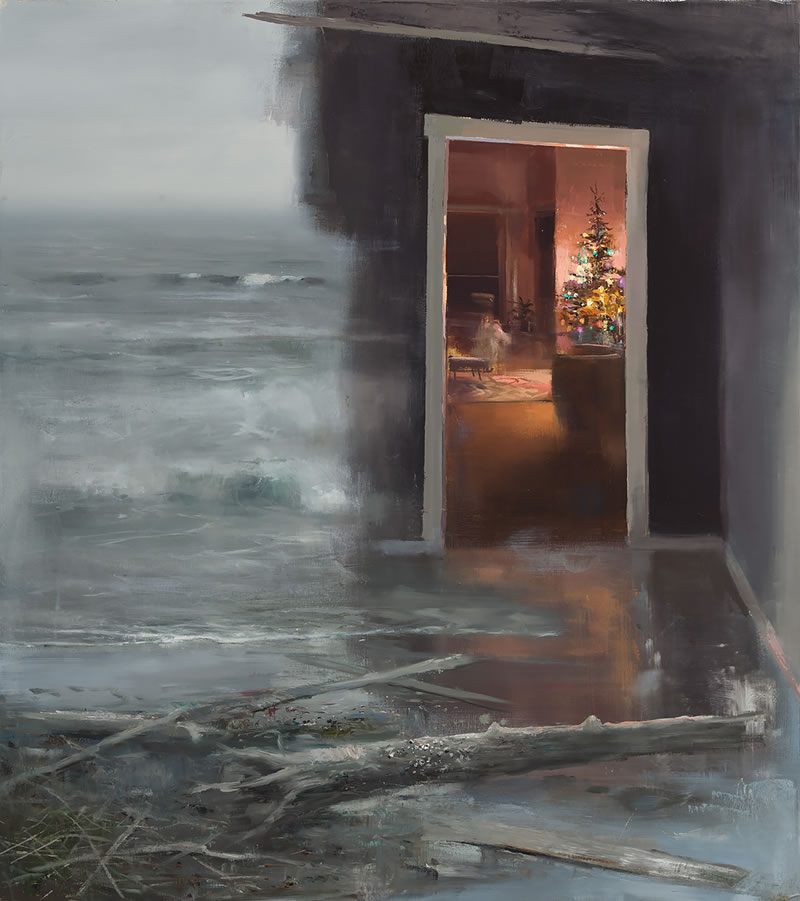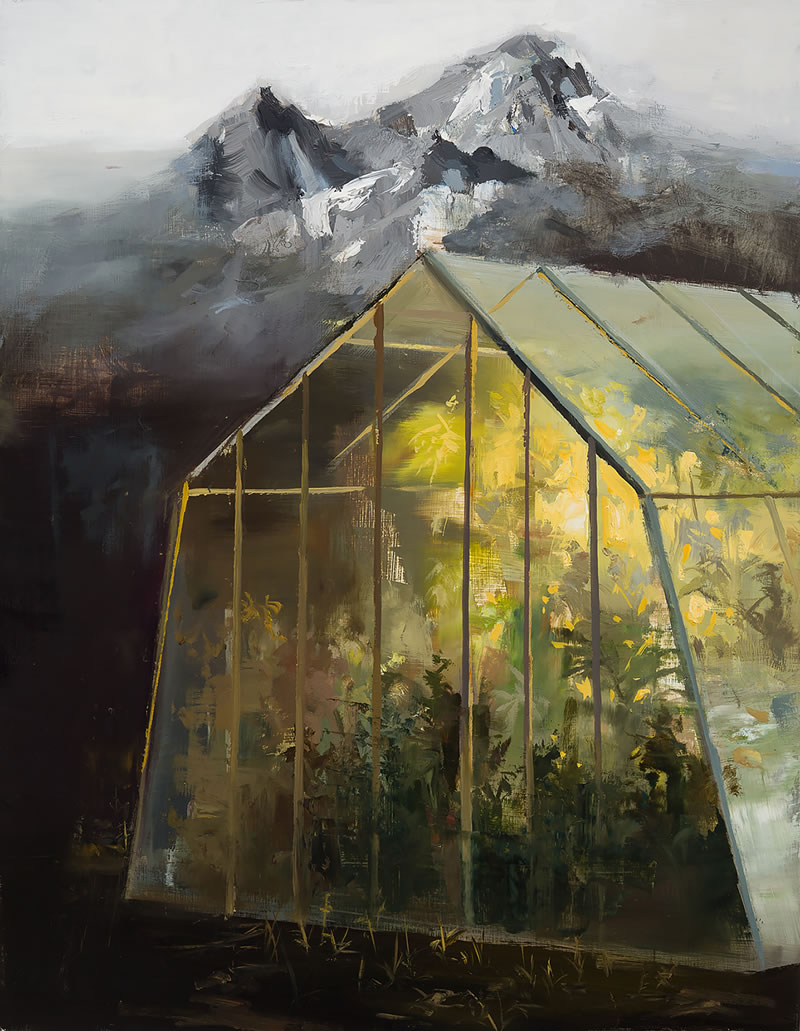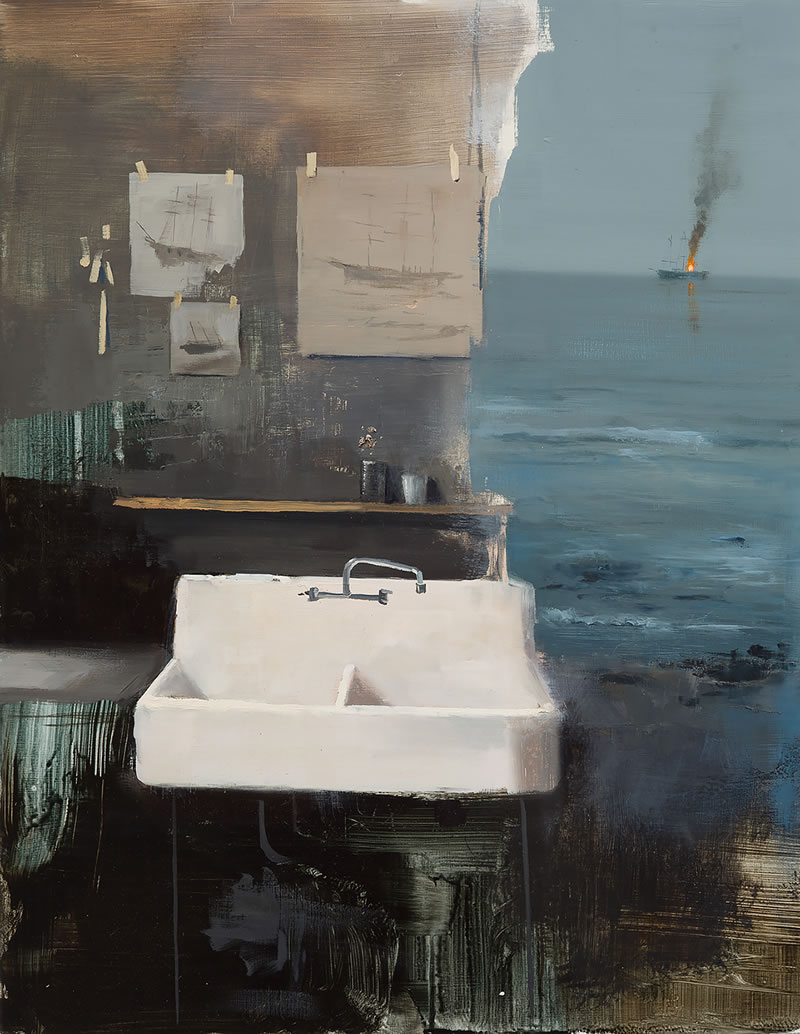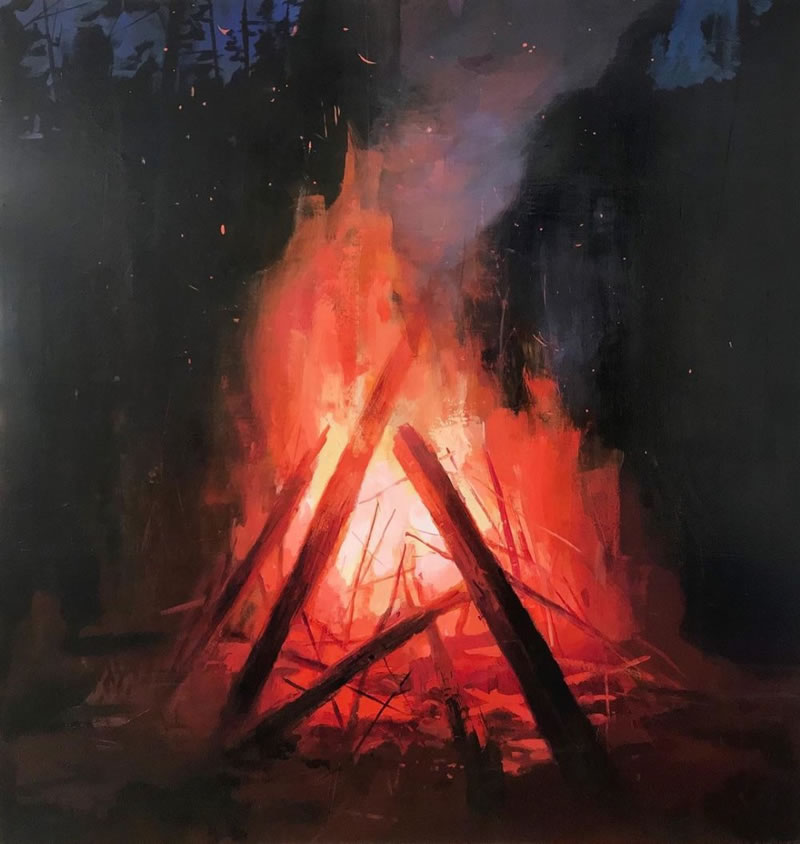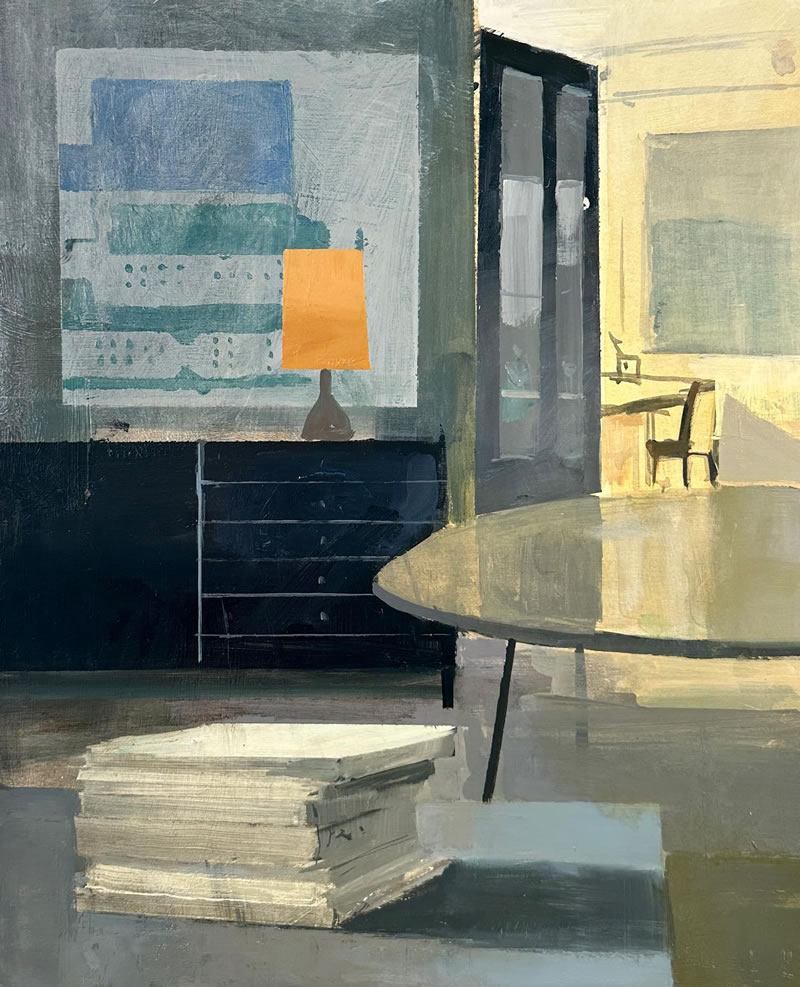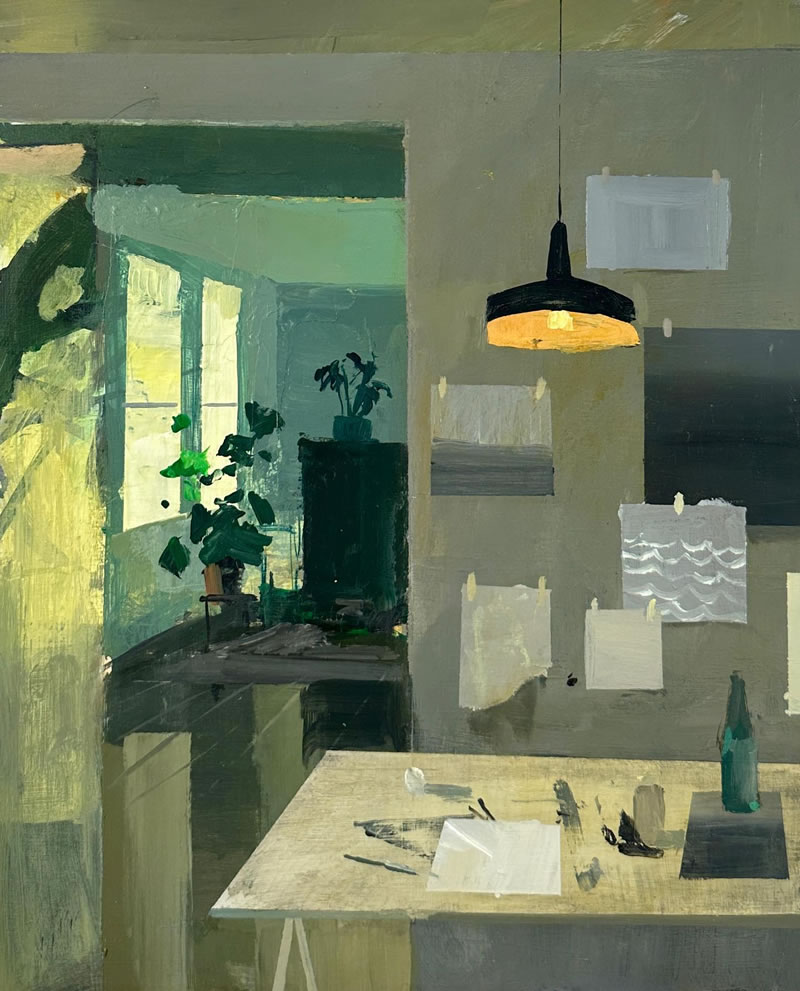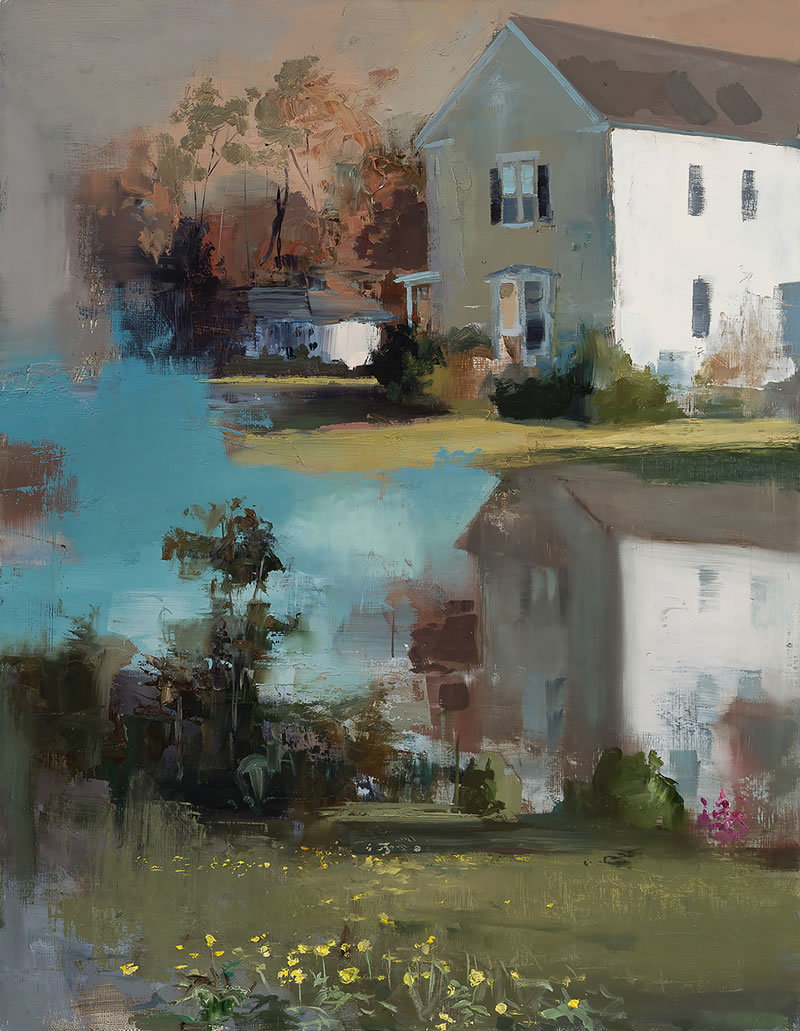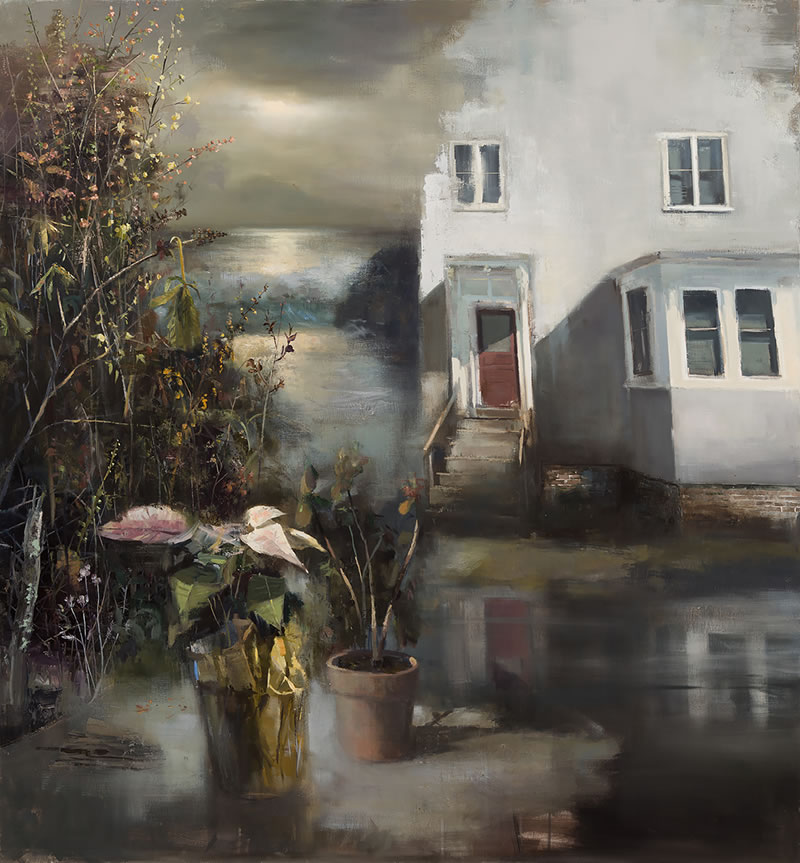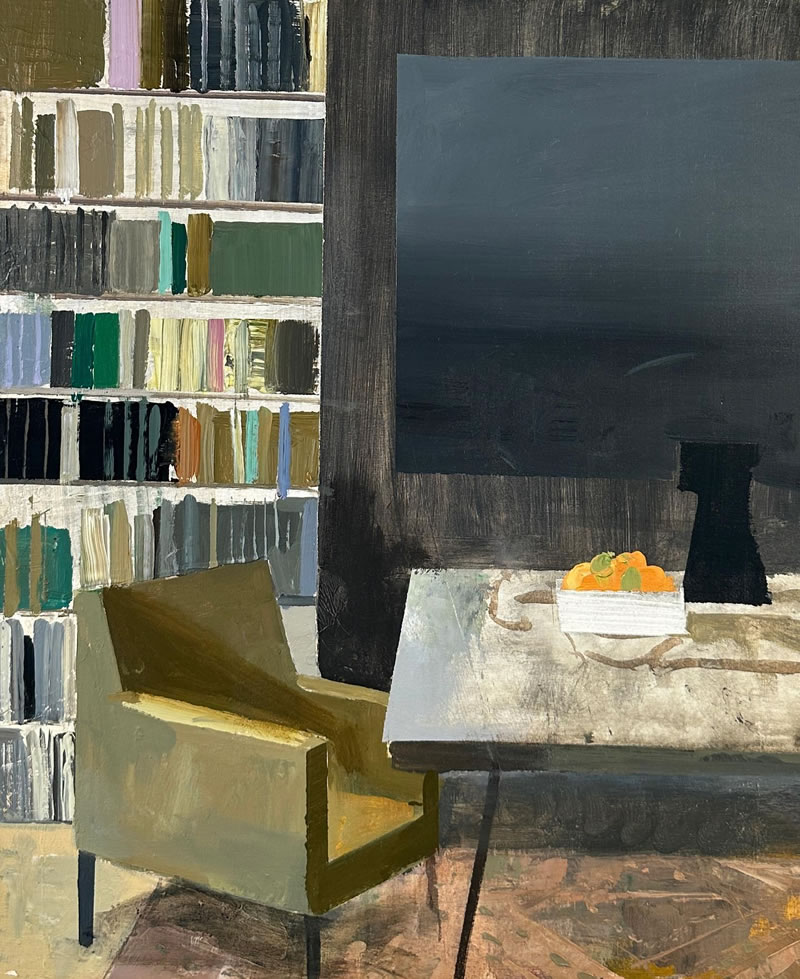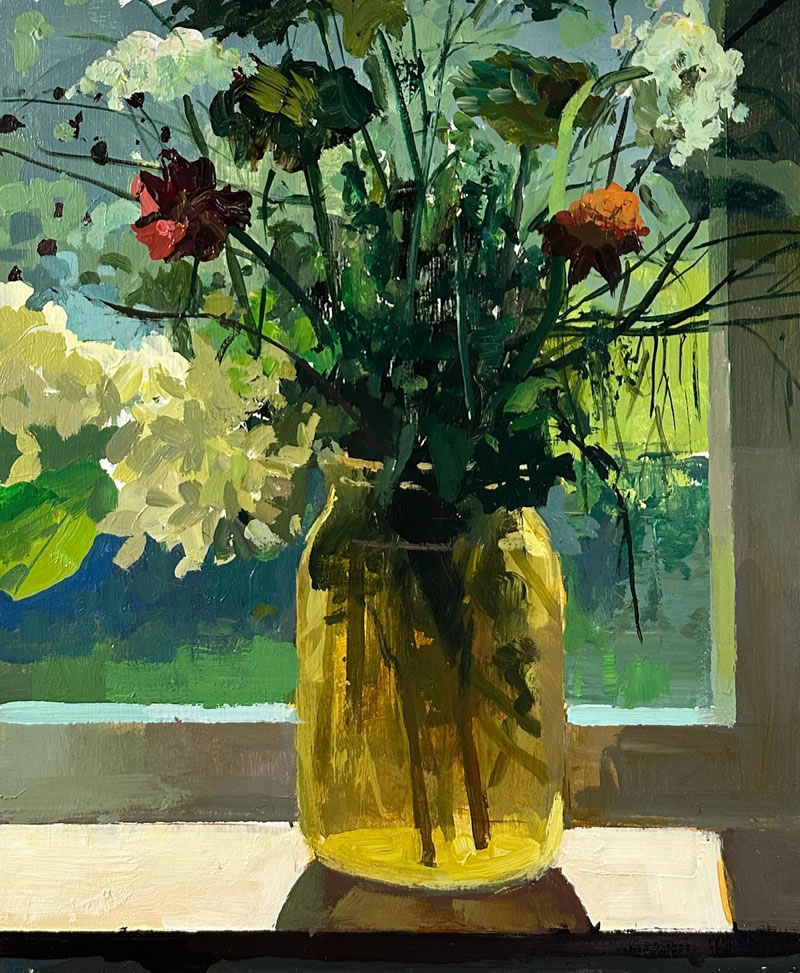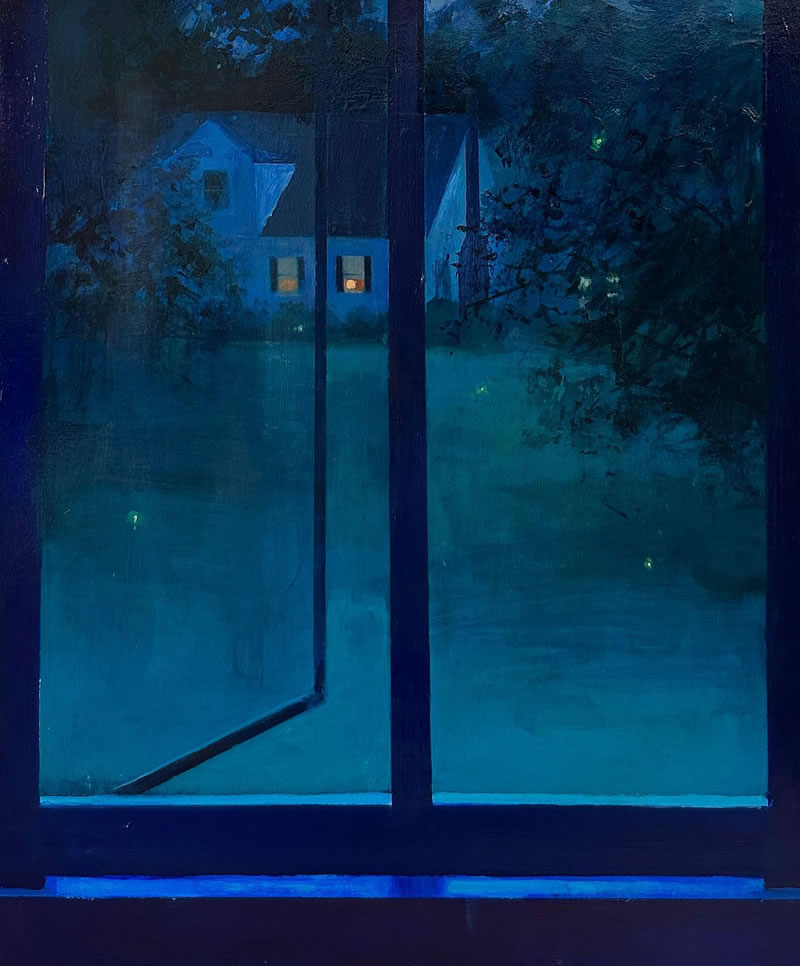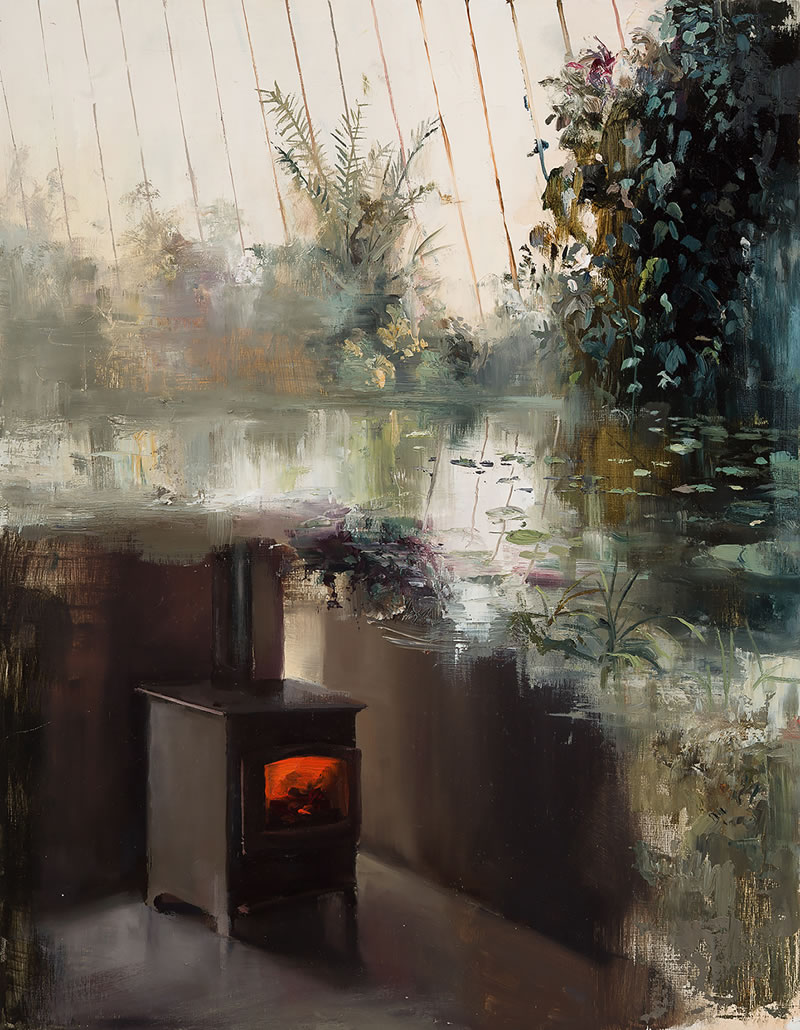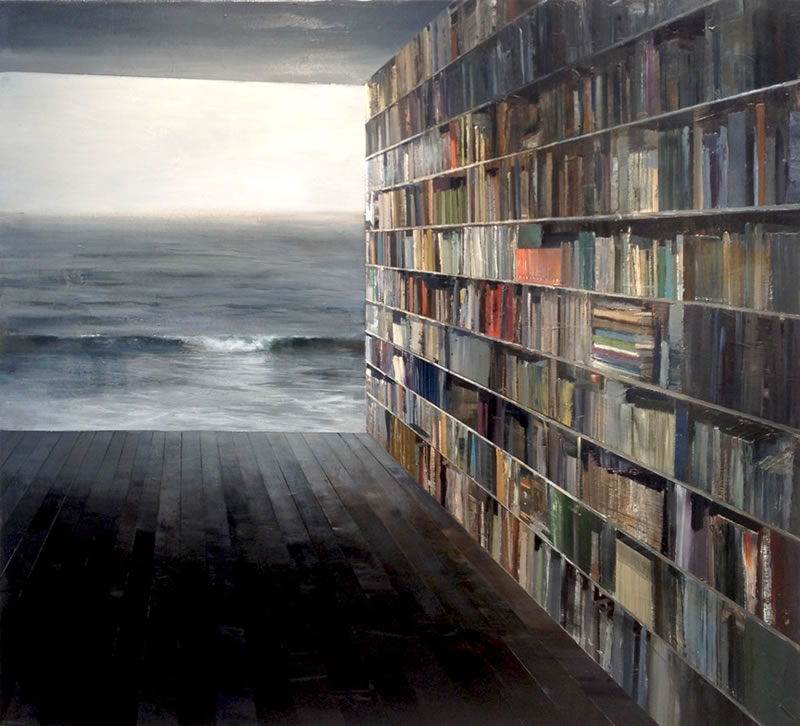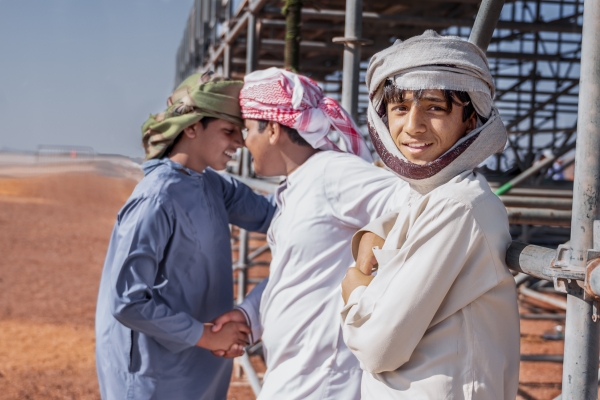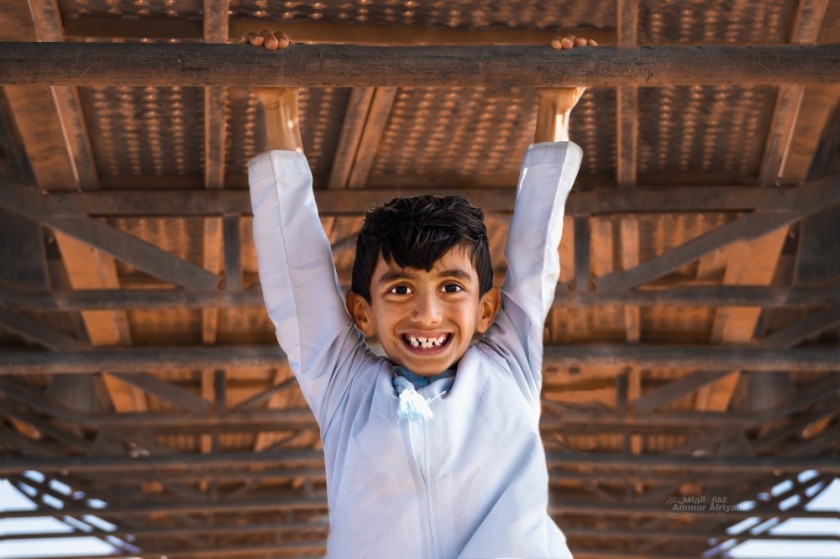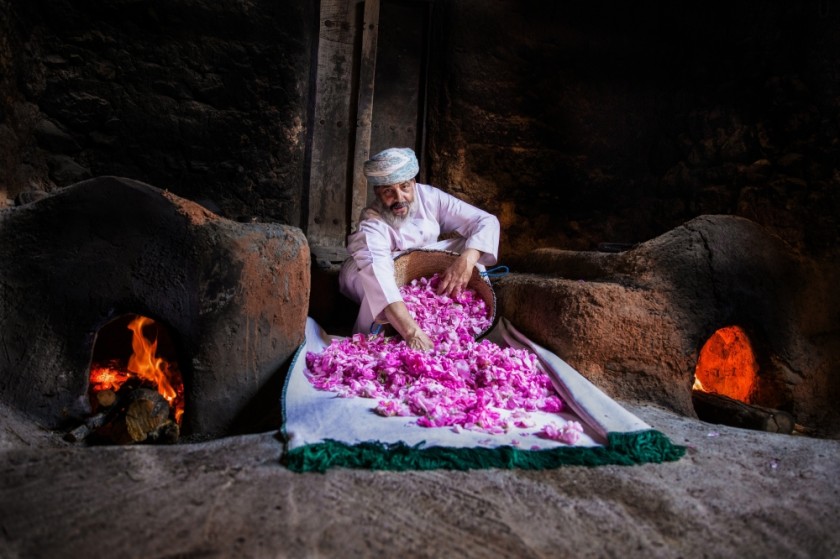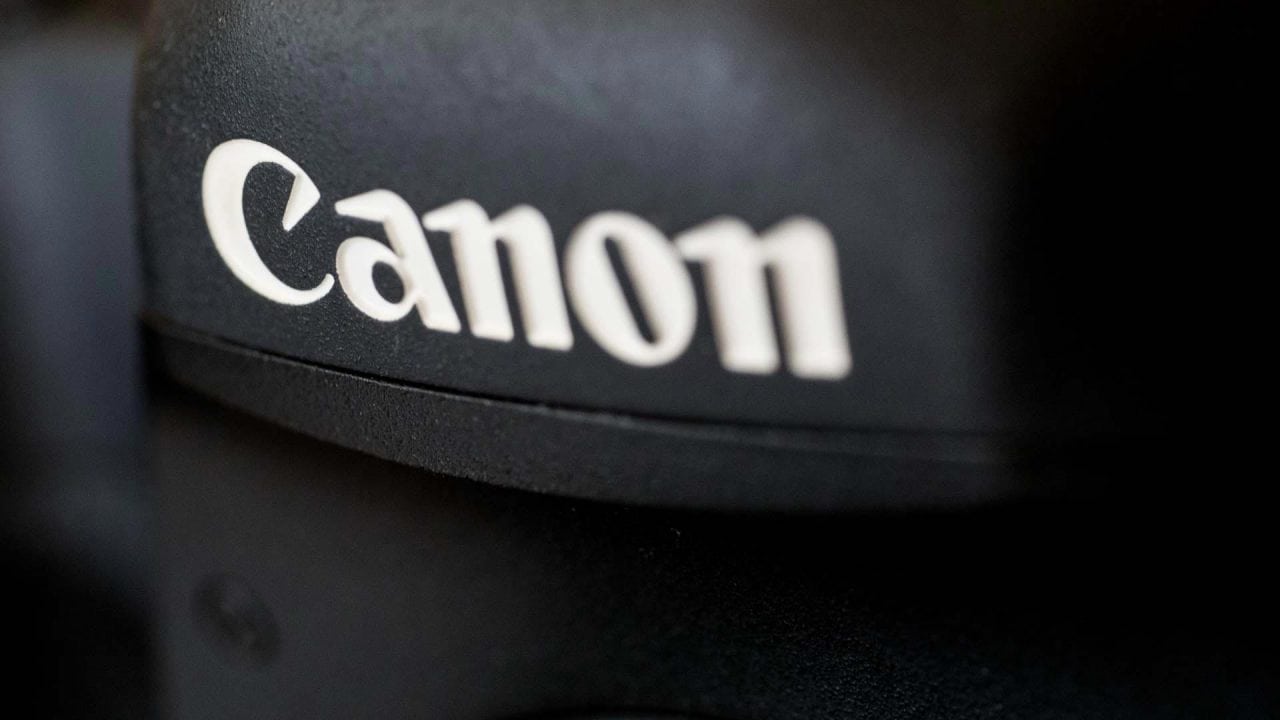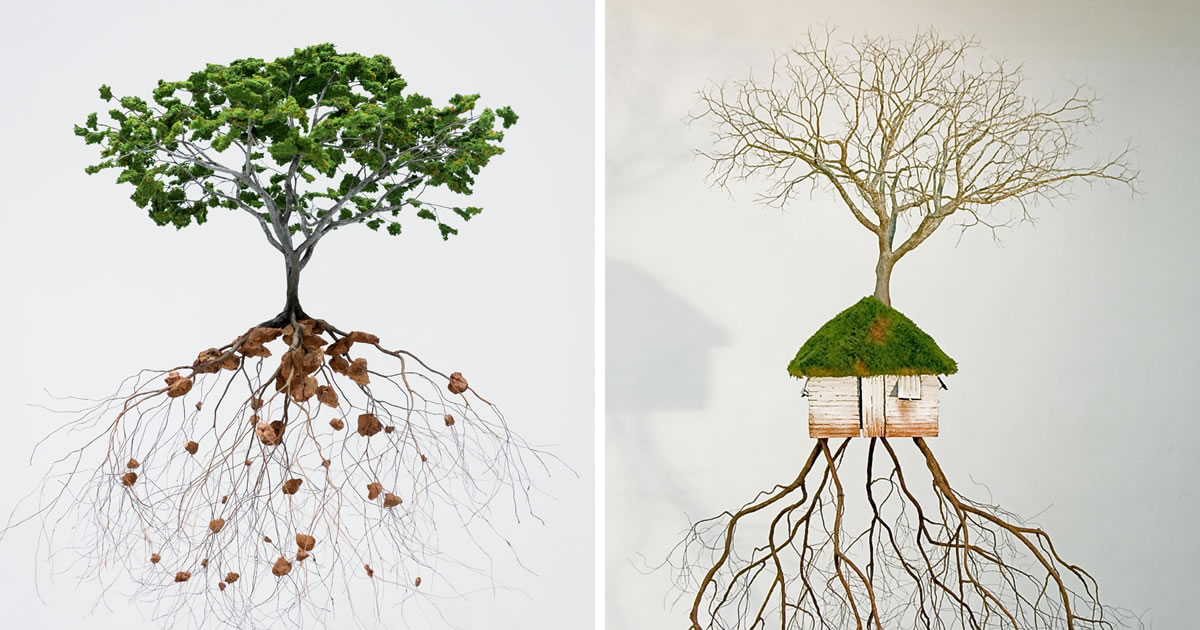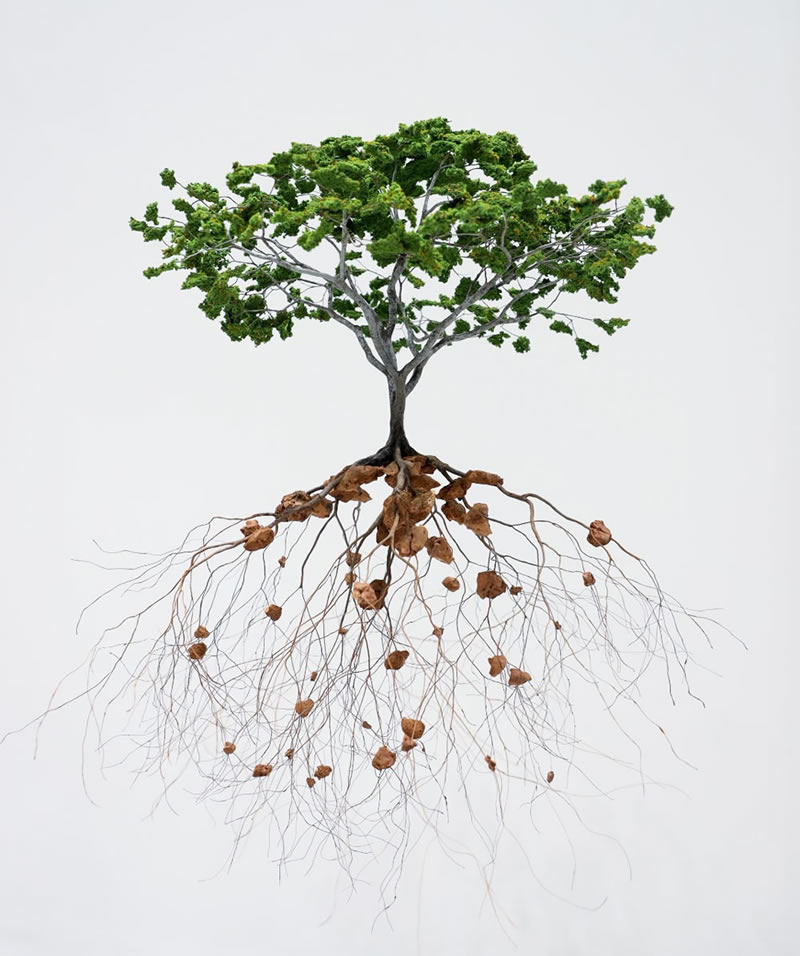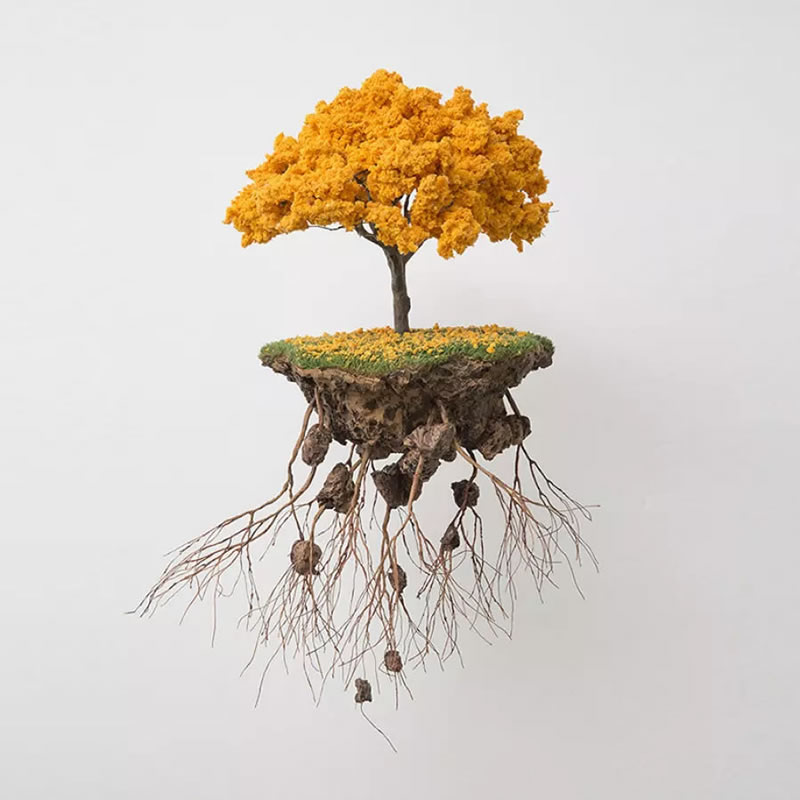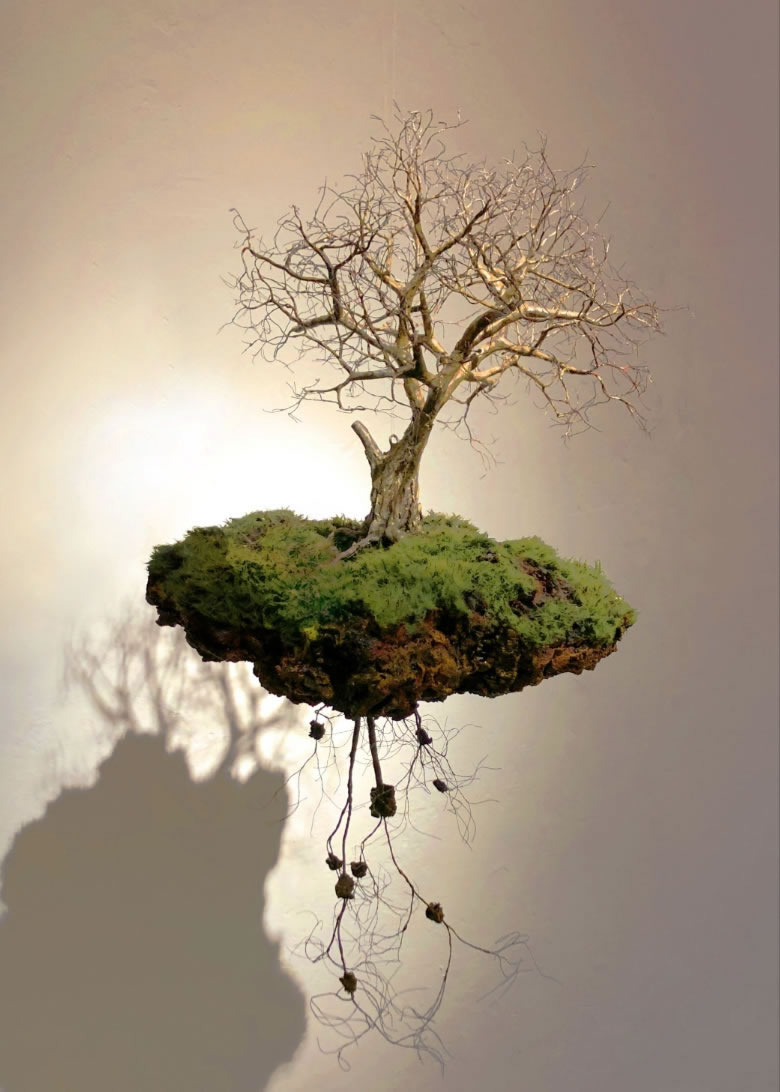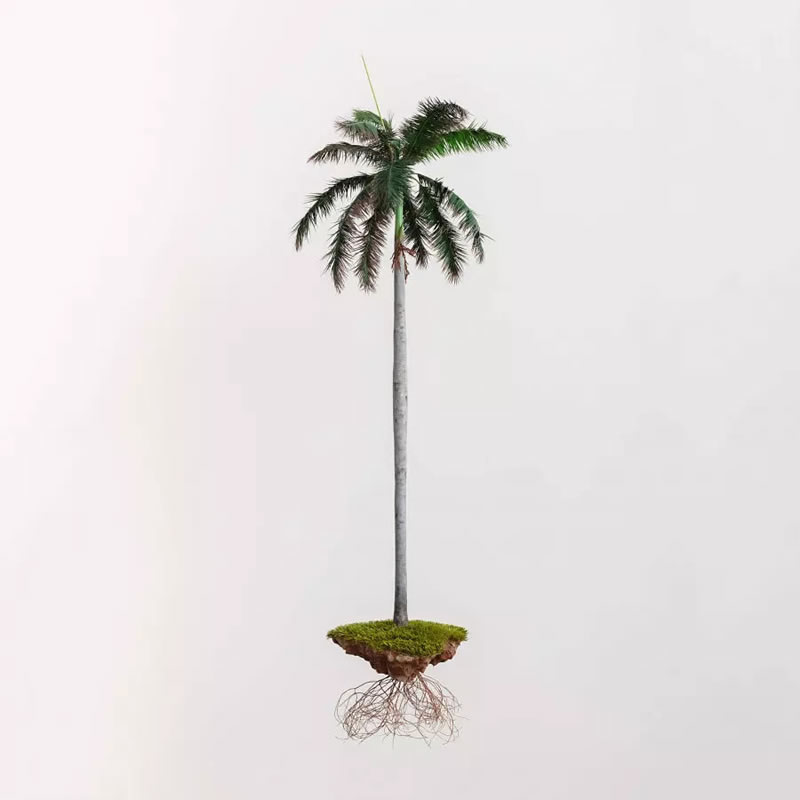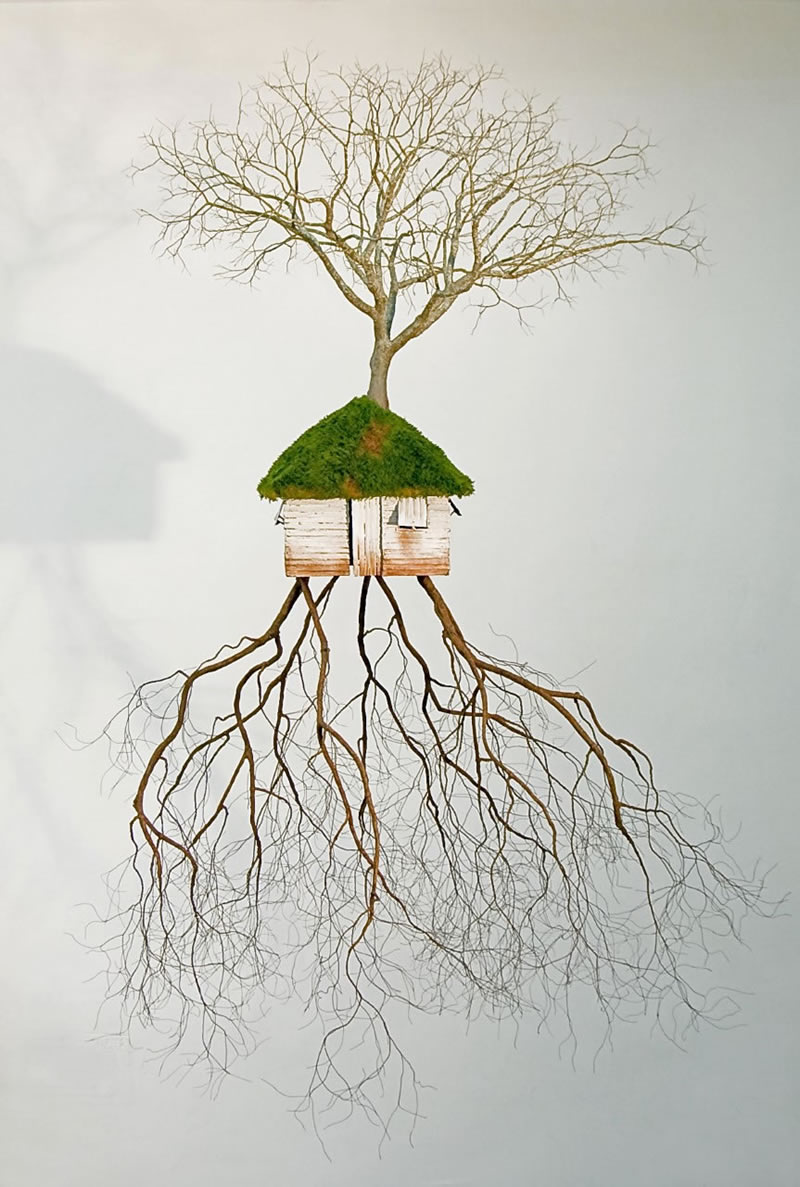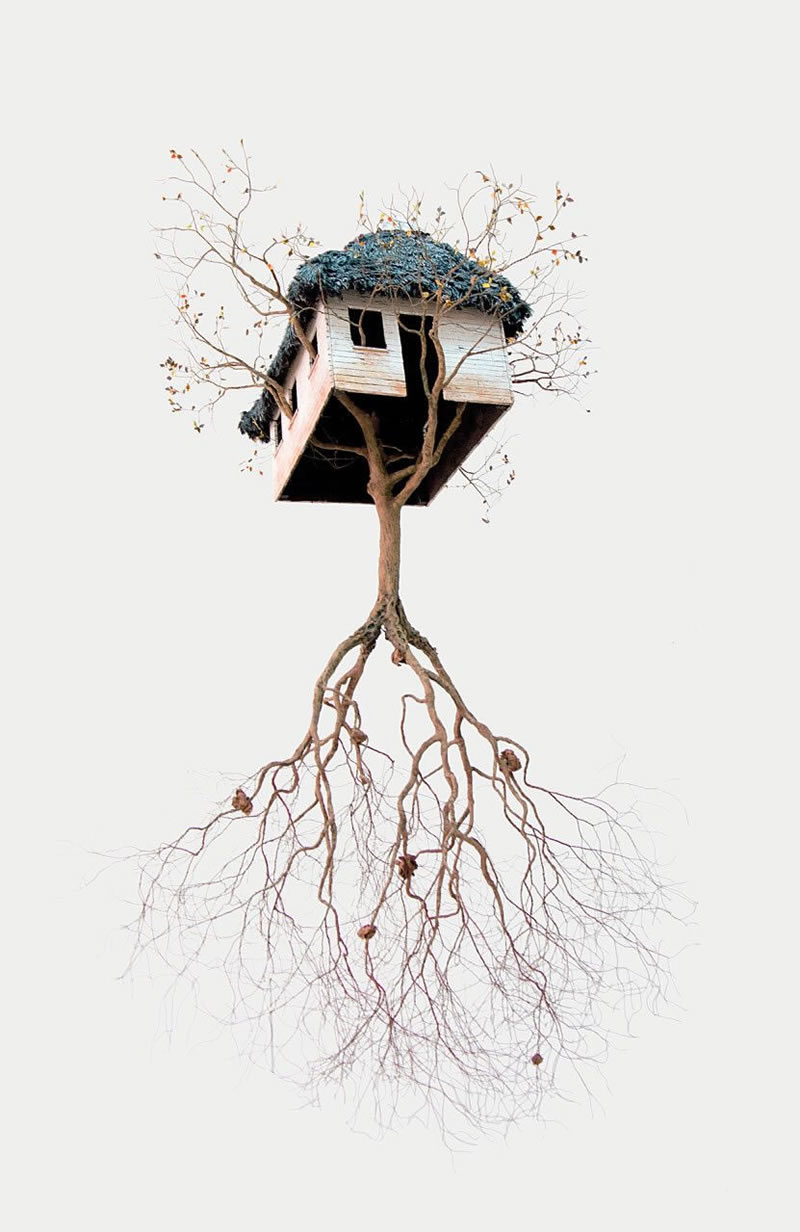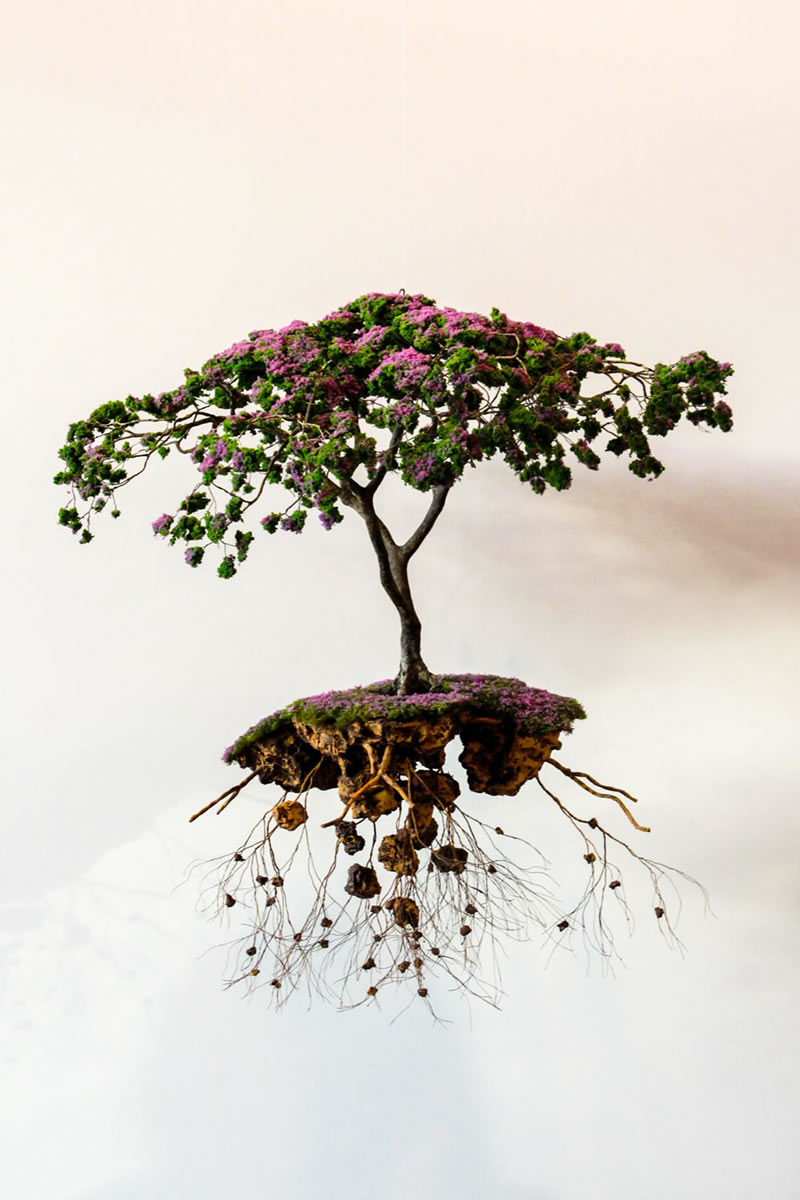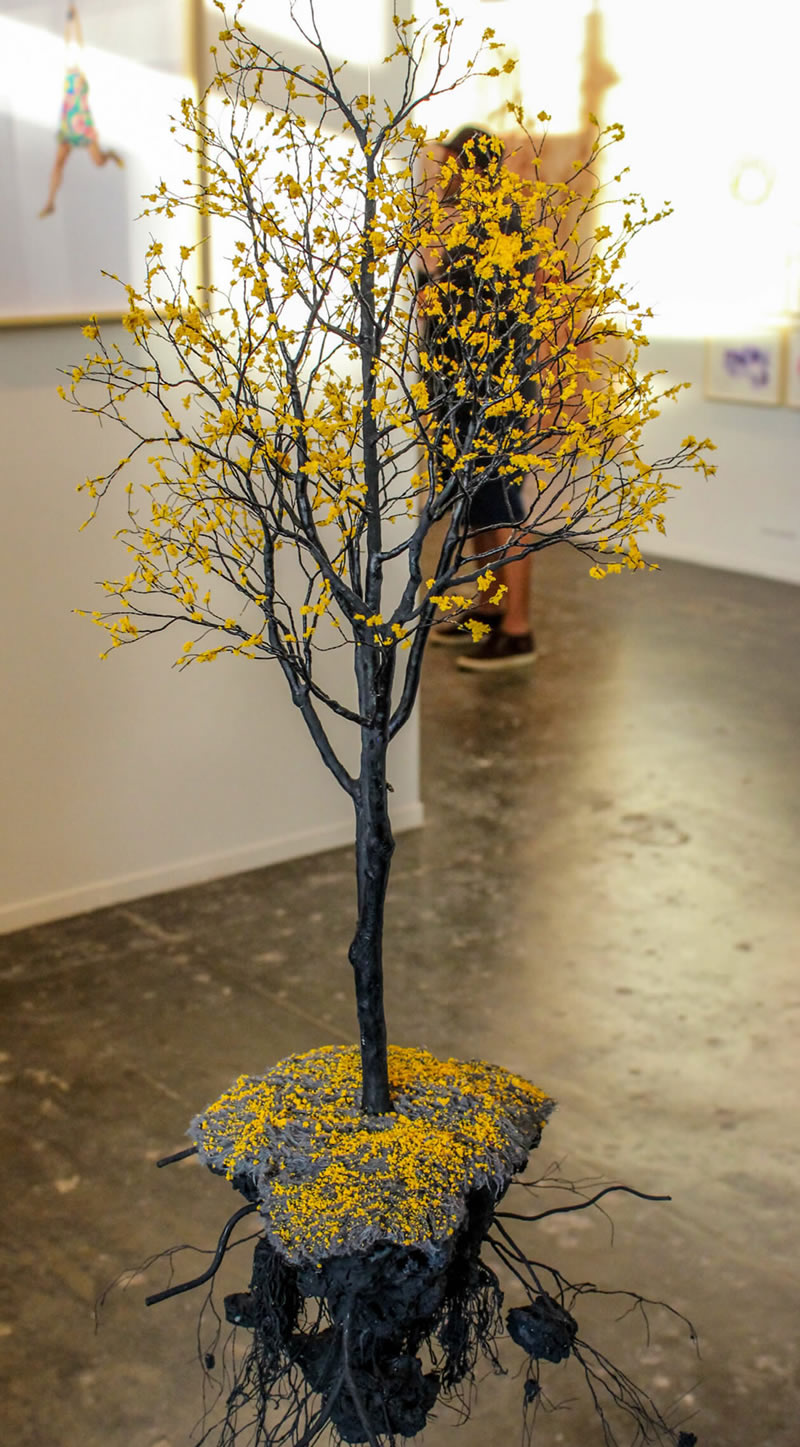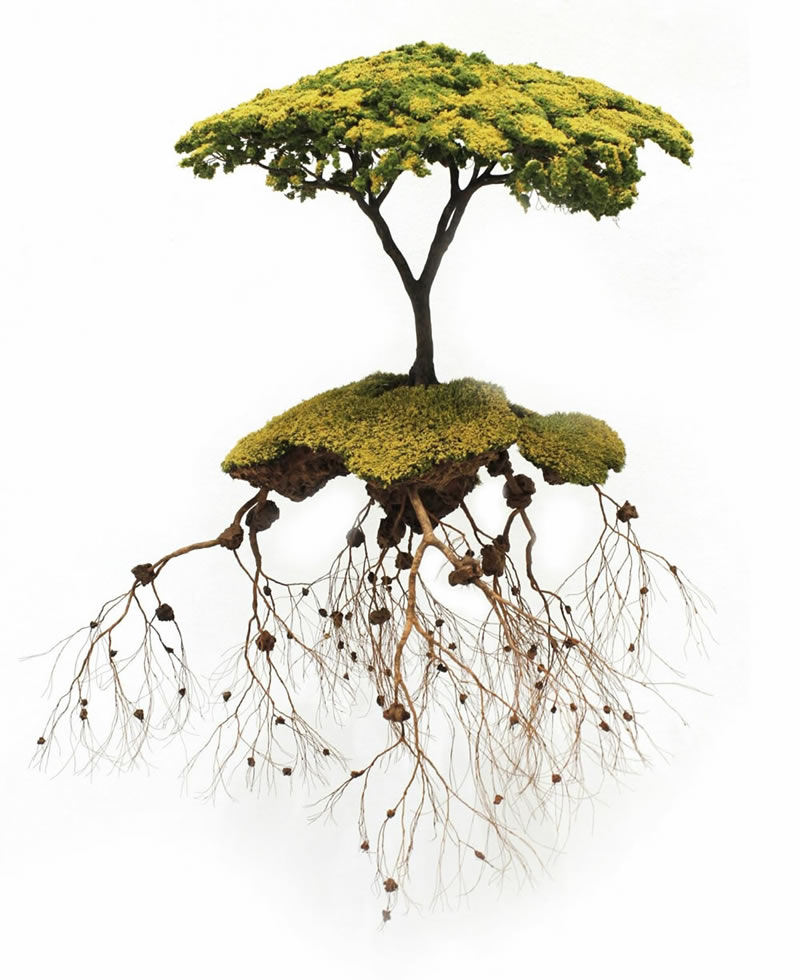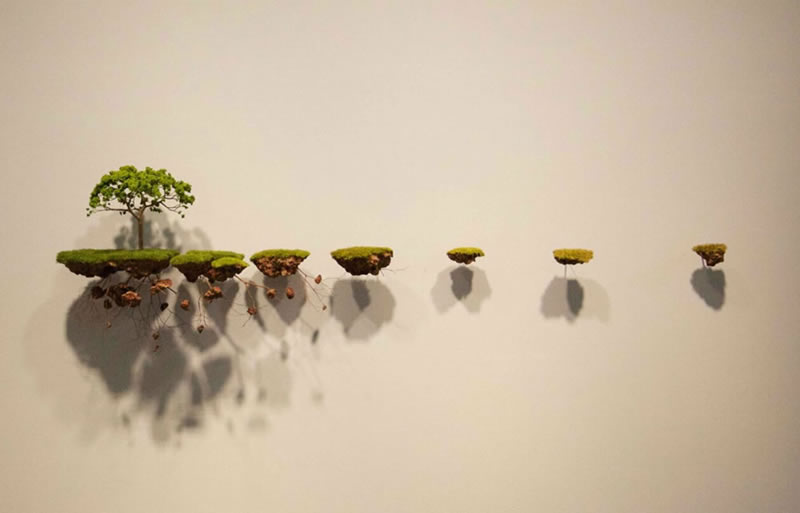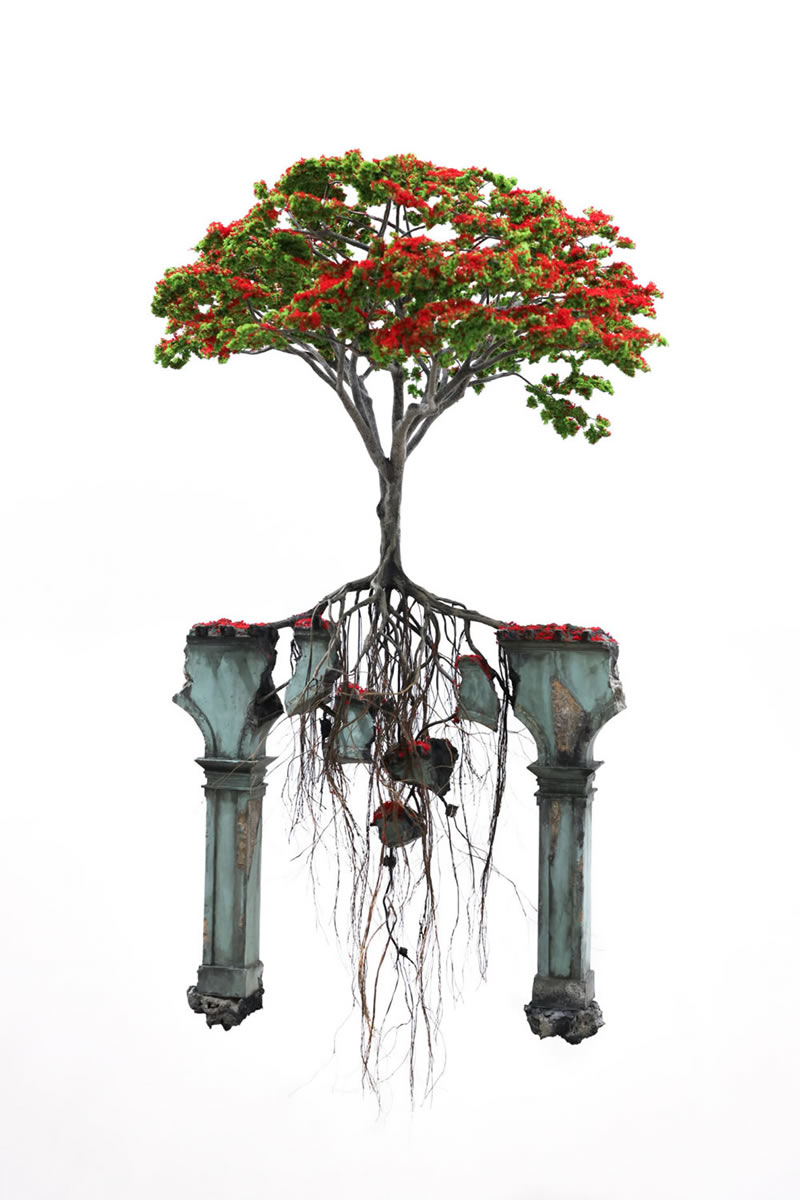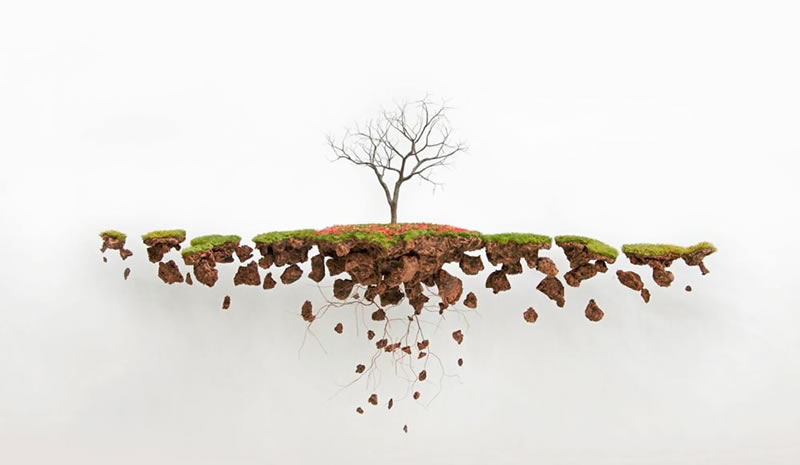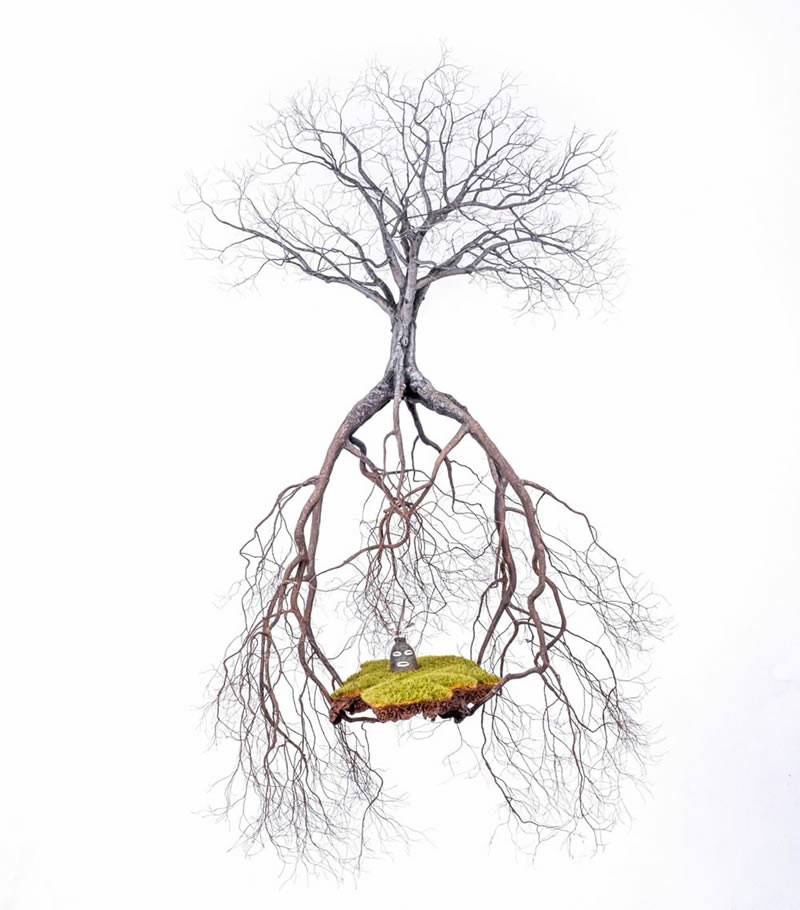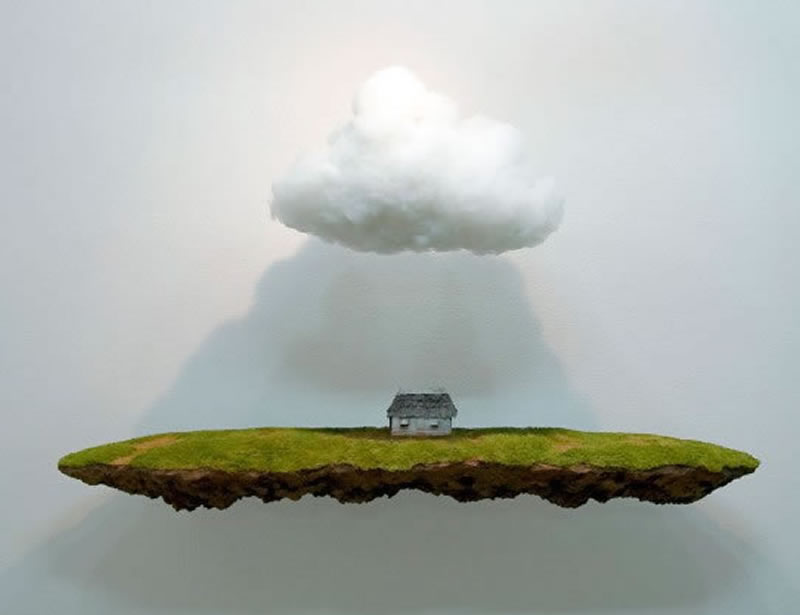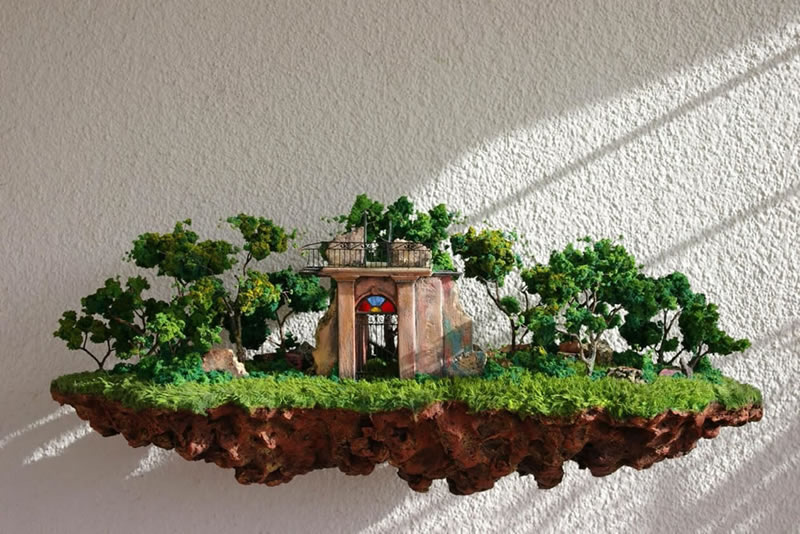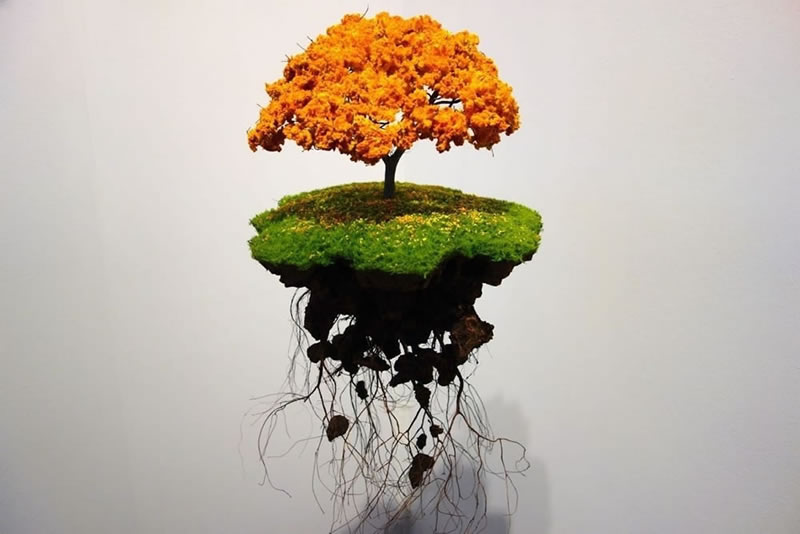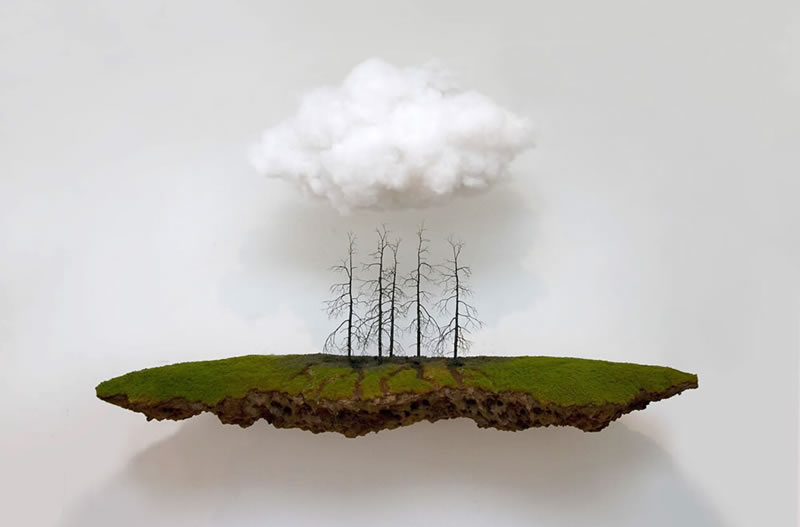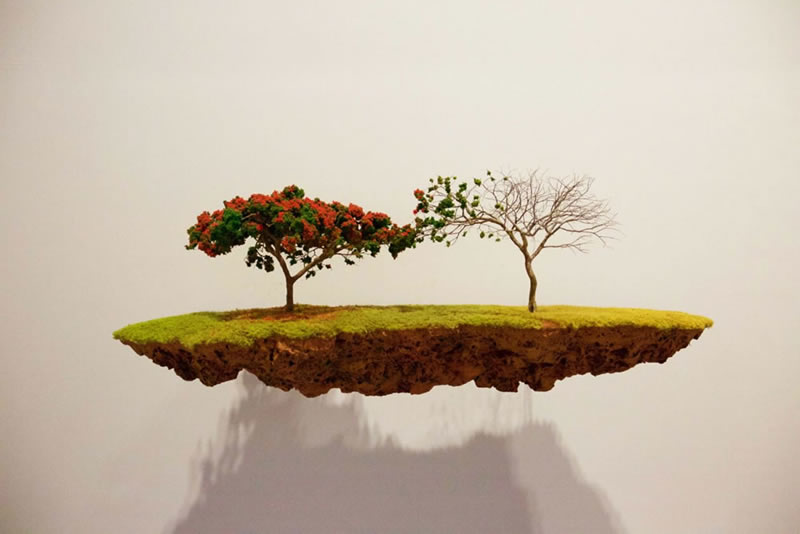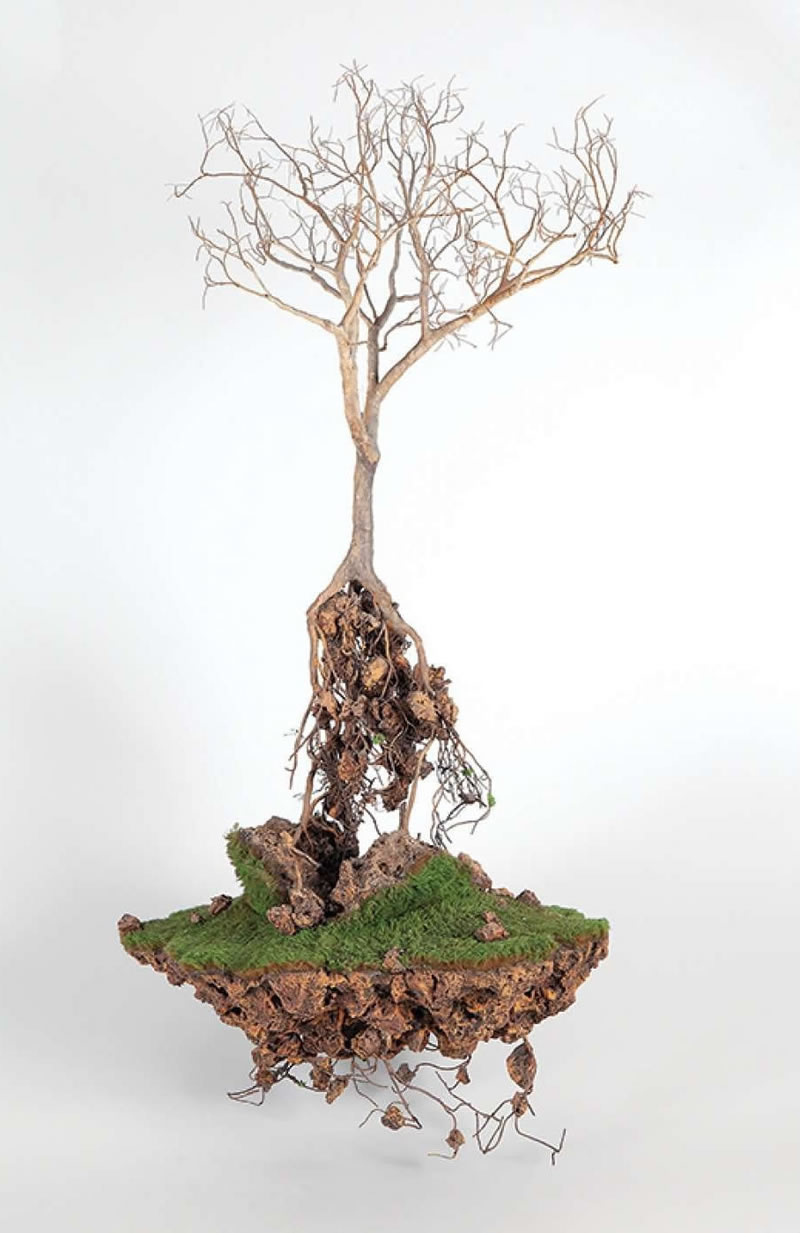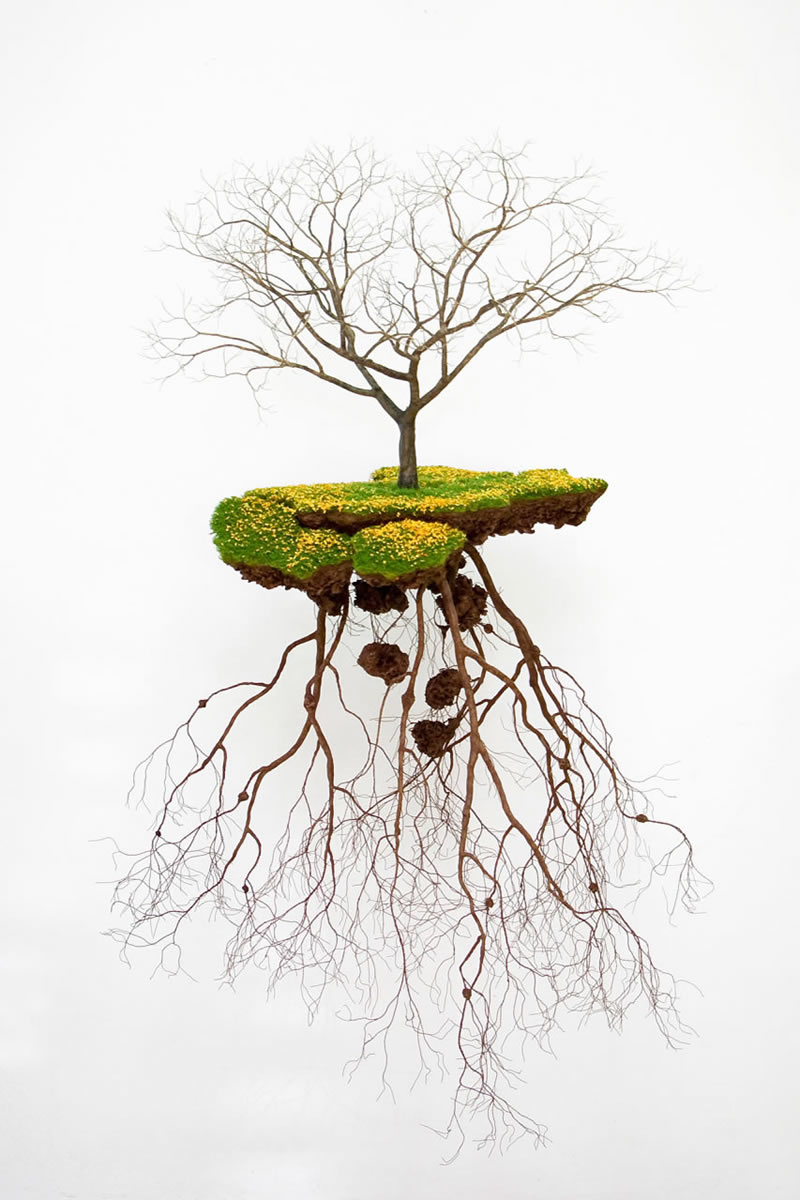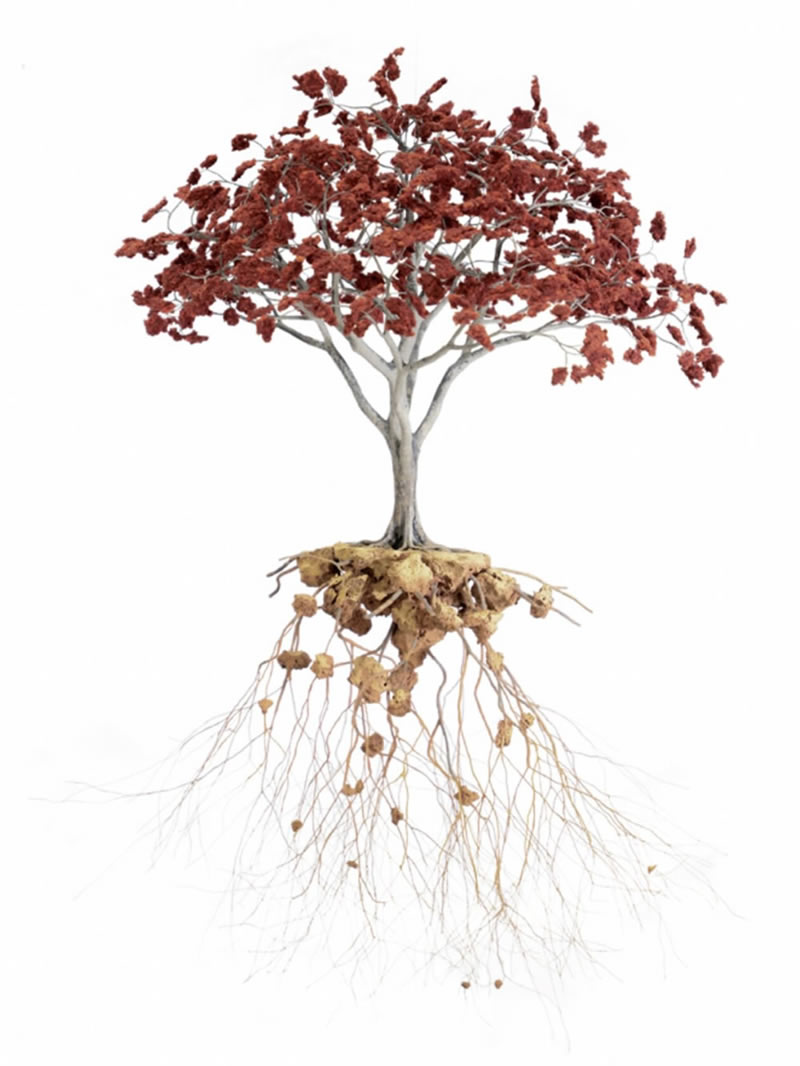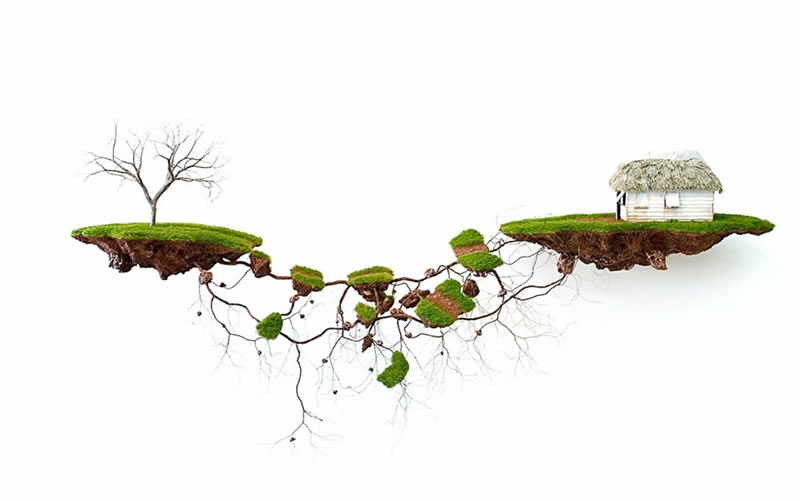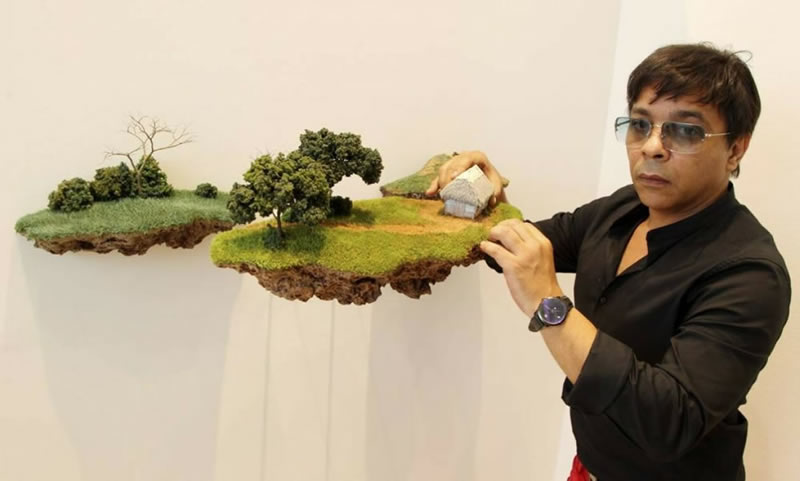[ad_1]
What is aperture in photography? The term aperture refers to the opening of a lens’ diaphragm – essentially a hole through which light passes to reach the camera. By changing your aperture, you can change and control how much light enters the camera sensor from your lens.
Key to understanding what is aperture in photography, you need to know that the size of the opening is calibrated in “stops” of light – also known as f-stops (more on f-stops here) and this numerical value also describes the ratio of a lens’ focal length (the “f”) to the diameter of the opening.
Each successive stop is half as bright as its predecessor – which is a bit confusing, so a larger f-number actually means a smaller aperture. Thus f/2 is half as bright as f/1.4, f/2.8 is half as bright as f/2, and so on.
Aperture is one of the three fundamental pillars of the exposure triangle, (the other two being shutter speed and ISO), and it helps to be familiar with how these three elements come together to make up a correct exposure.
What is aperture in photography: the physical side
The concept of aperture can at first be tricky to grasp, but the physical side is simple!
An aperture itself (the opening) is formed by intersecting blades. Different lenses have a different number of blades, and these can move to make the opening larger or smaller depending on the f-stop that you select.
The aperture assembly is located in the barrel of the lens, between the lens elements. A motor opens and closes the aperture each time the shutter is fired. This matches the f-stop set by you on your camera, and the focal length used.
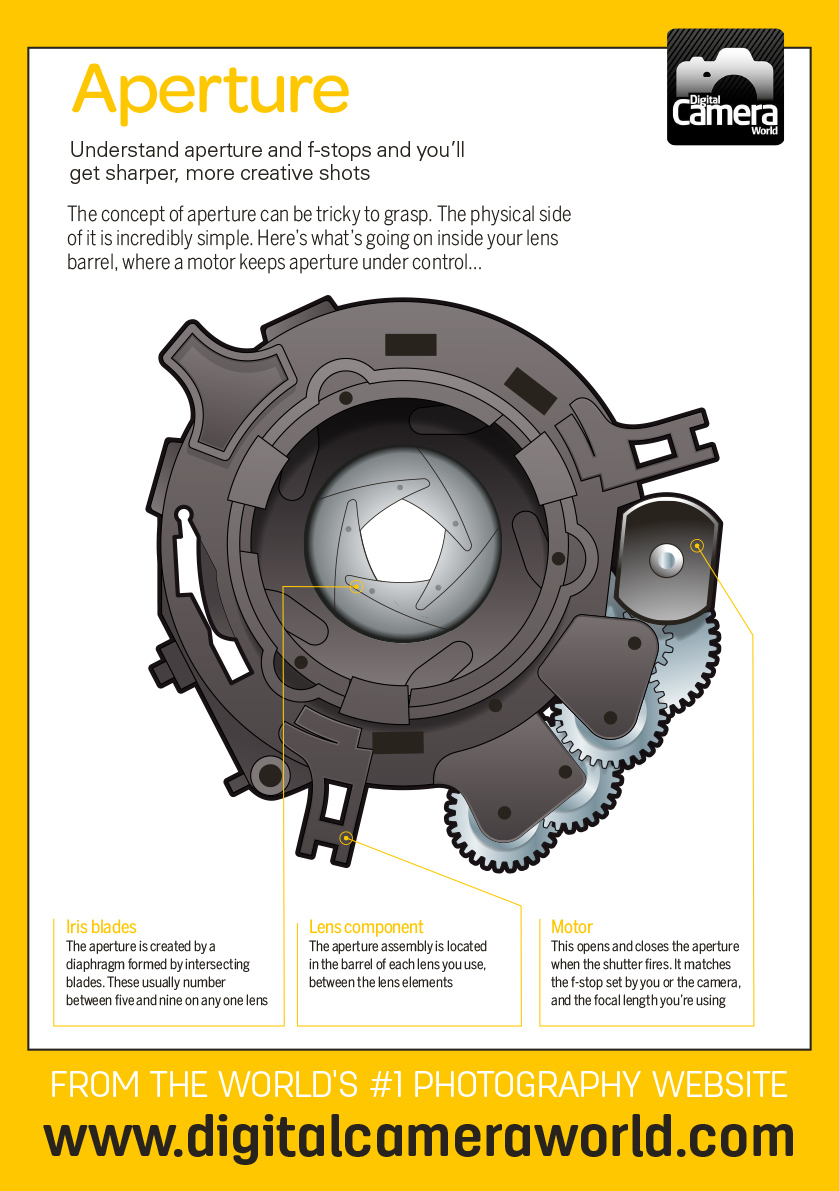
What happens when you change the aperture?
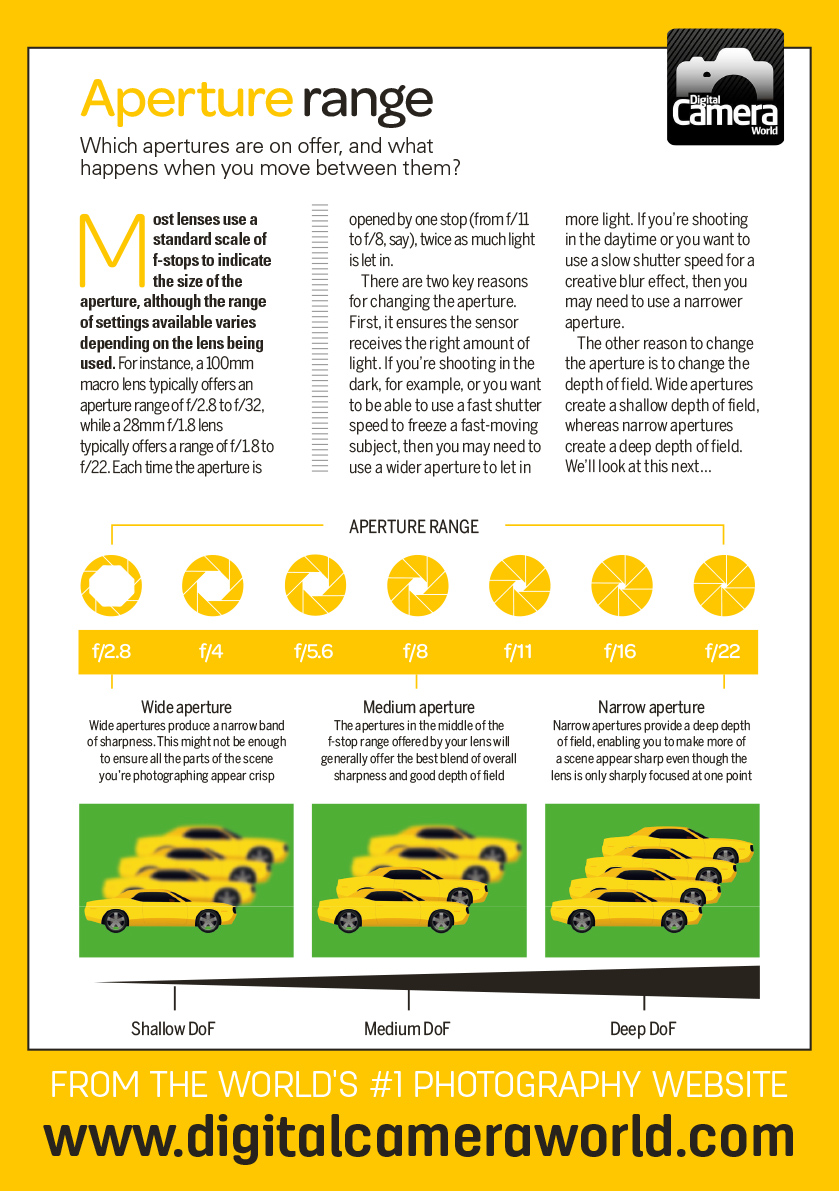
Most lenses use a standard scale of f-stops to indicate the size of the aperture, although as we’ve already mentioned, each lens will have a determined aperture range depending on its design. For example, the best portrait lenses tend to have a wider maximum aperture, along with fast prime lenses.
There are two reasons why you’d want to change the aperture; to let in more or less light for your exposure, and to control the depth of field. A wider aperture will let in more light and give you a more shallow depth of field, while a narrow aperture lets in less light but means more of a scene will be in sharp focus.
The cheat sheet above explains when and why you would use narrow and wide apertures, either to let in more light to the sensor in low-light conditions or to use depth of field creatively to blur the background of your image.
Aperture explained at a glance
-
Aperture is calibrated in f-stops.
-
A smaller, narrower opening gives more depth of field.
-
An aperture of f/22 is narrower than f/4.
-
Your maximum or widest aperture is determined by your lens.
-
The diameter of the aperture is focal length divided by the aperture value. So the diameter of an f/4 setting on a 100mm lens is 25mm (100mm divided by four). The diameter of an f/4 setting on a 28mm lens is 7mm (28mm divided by four).
Use the handy cheat sheet above to see this all for yourself. And make sure to keep us bookmarked for more great photography cheat sheets, along with all our general photography tips
[ad_2]
